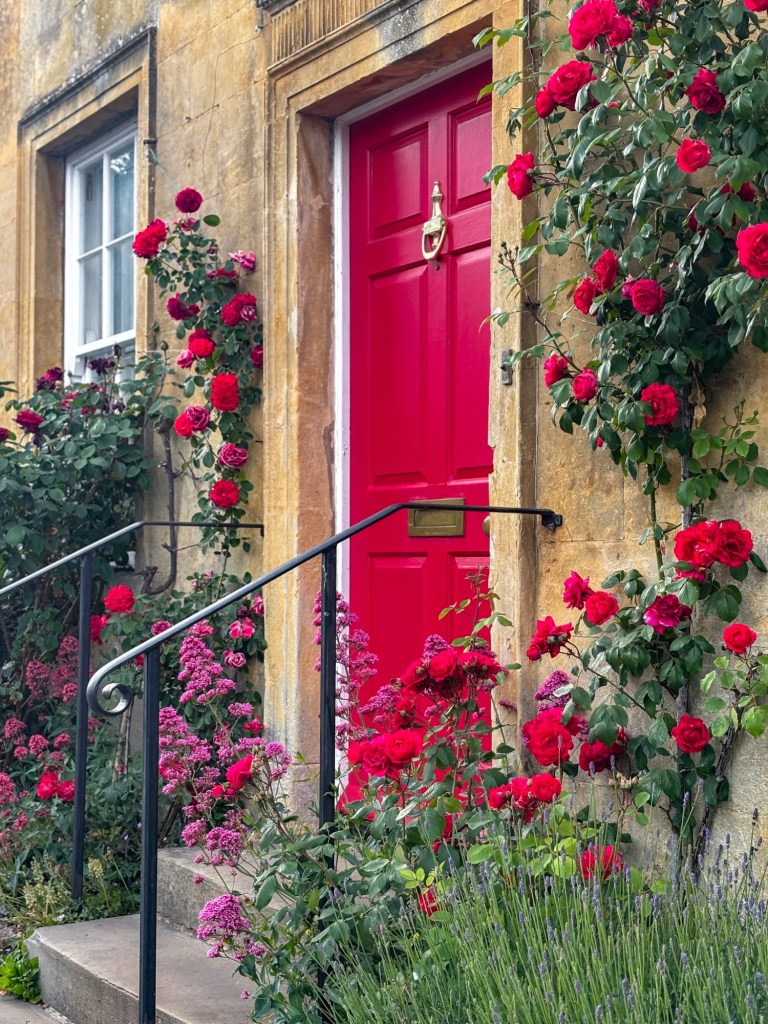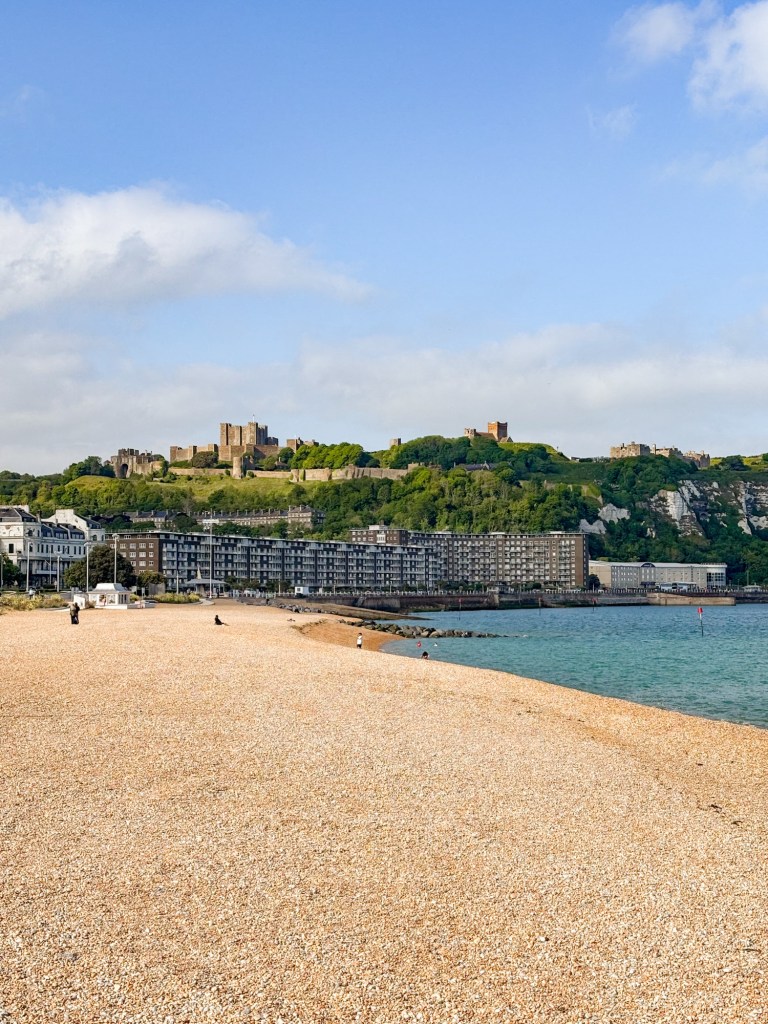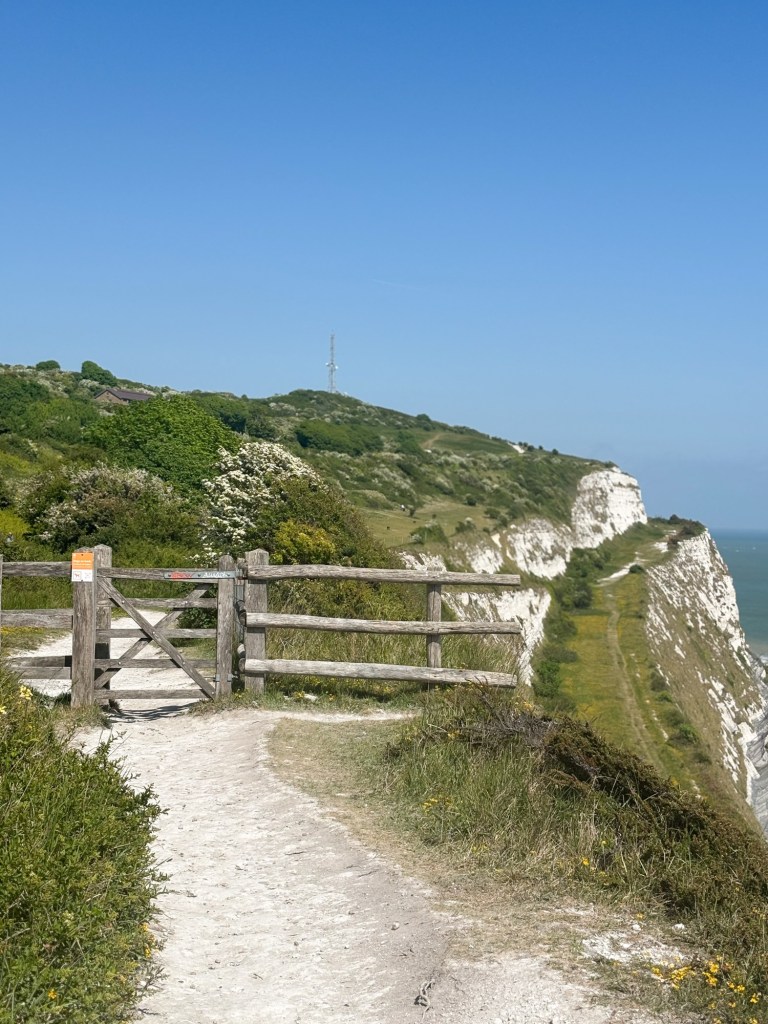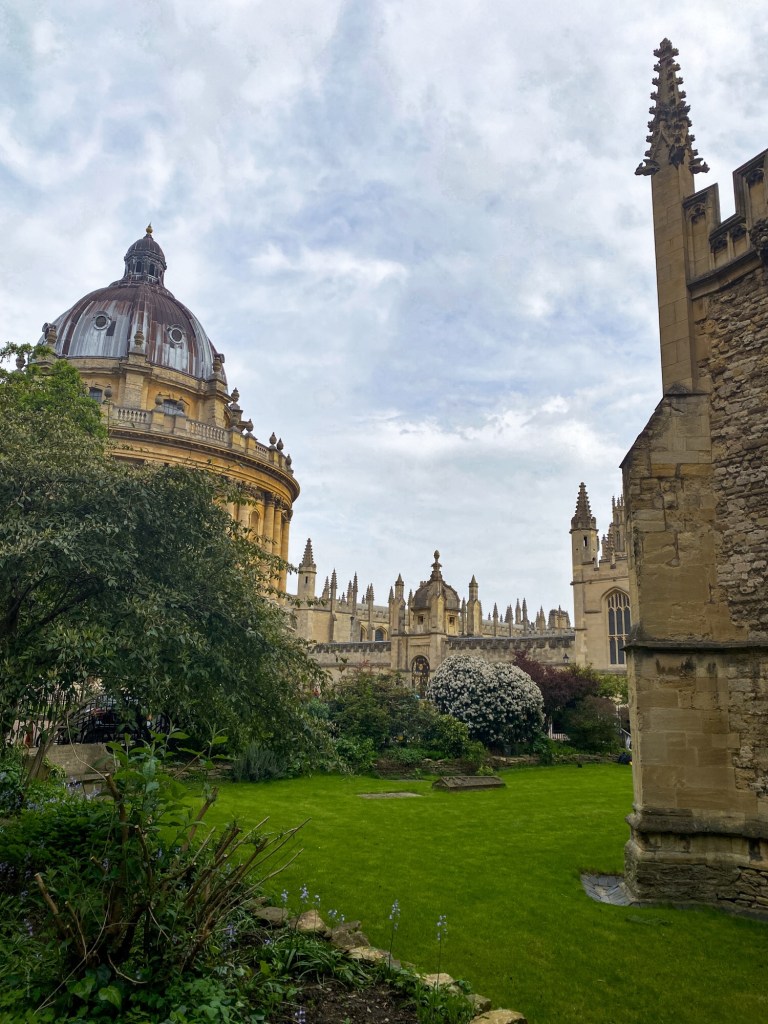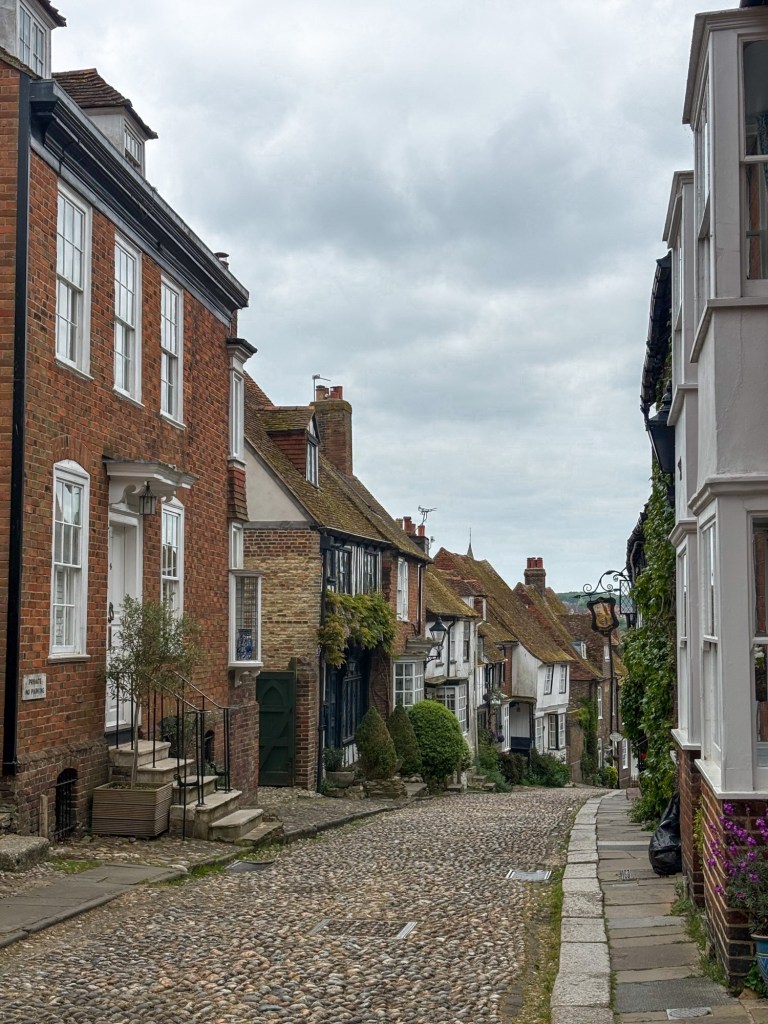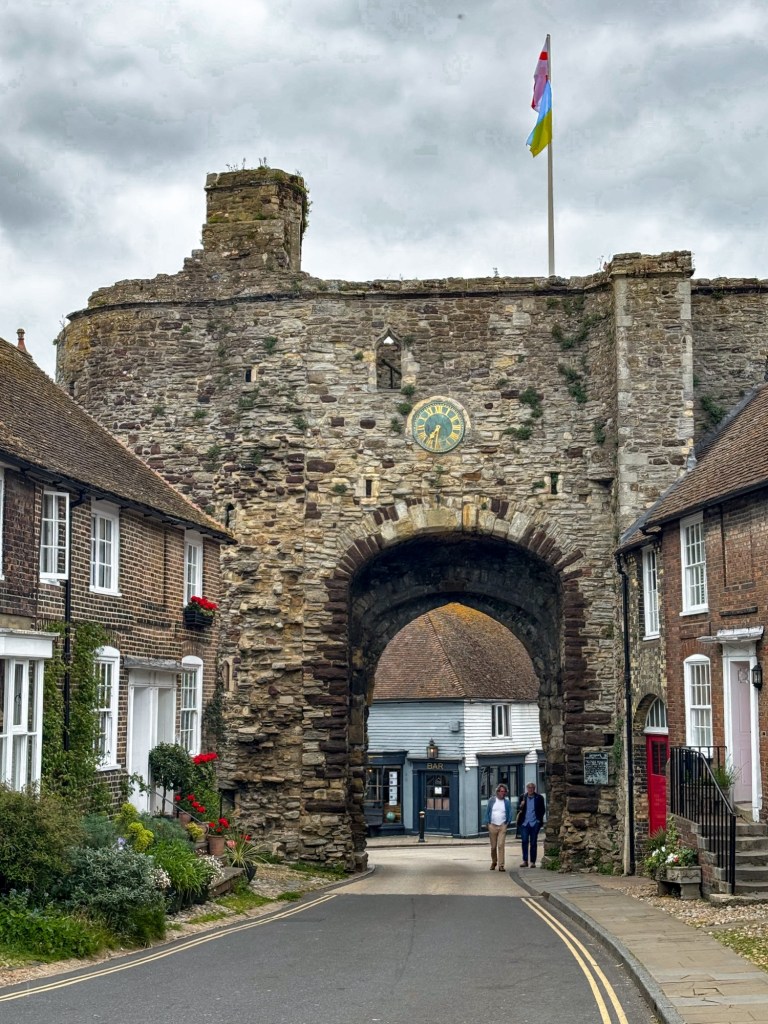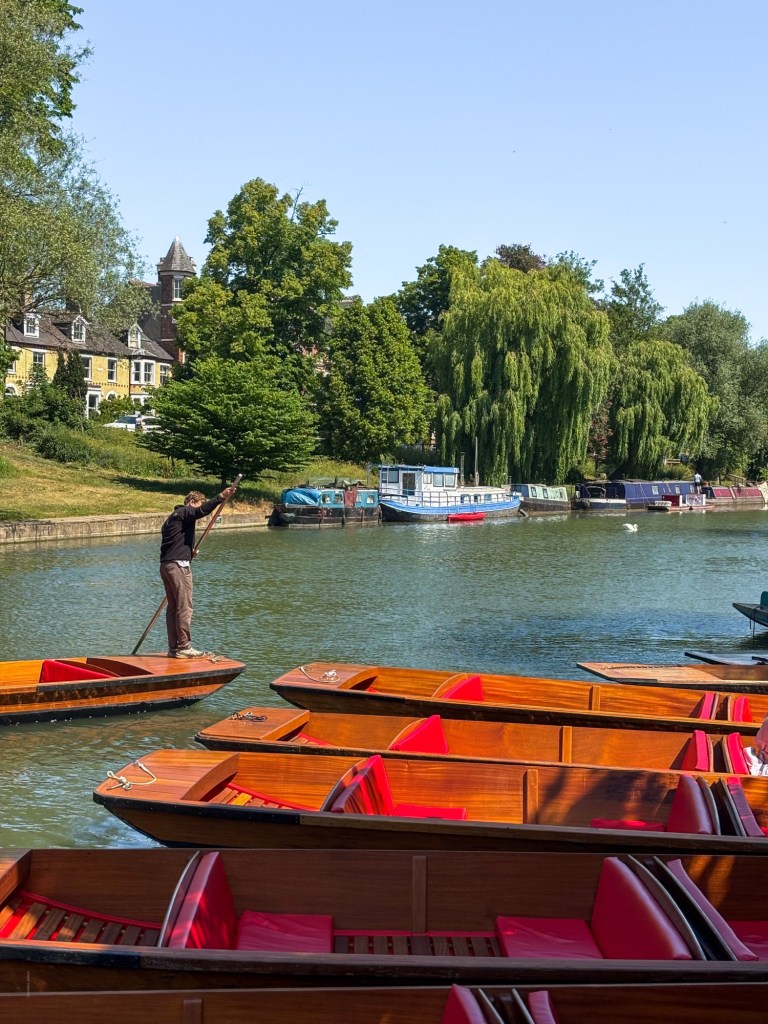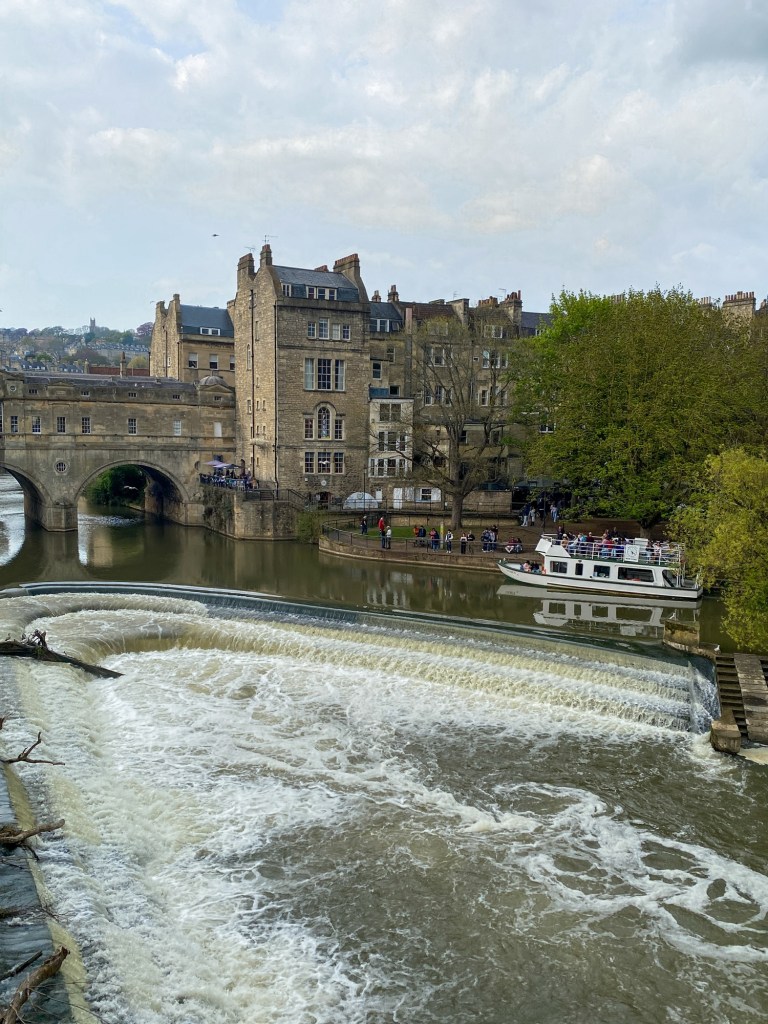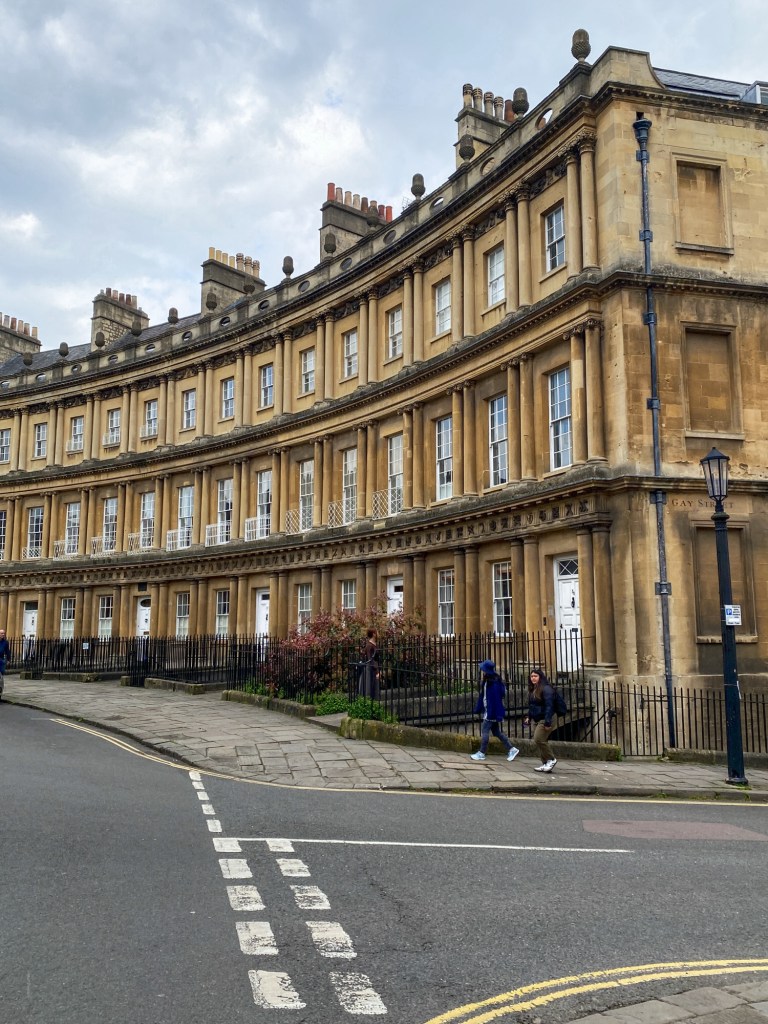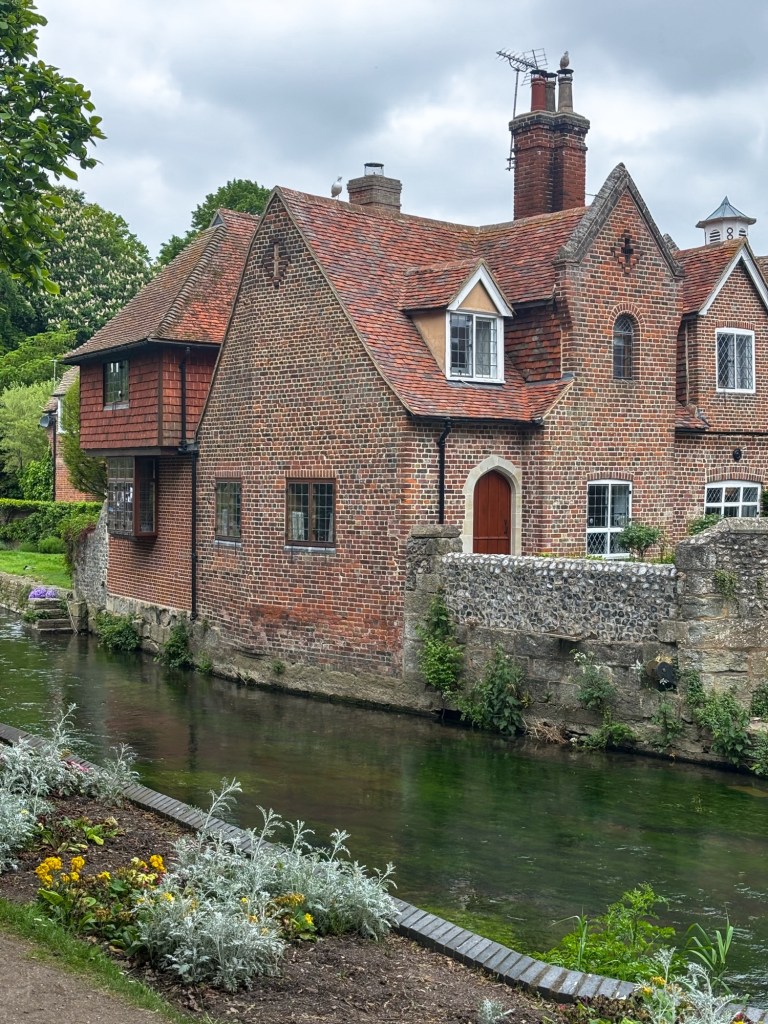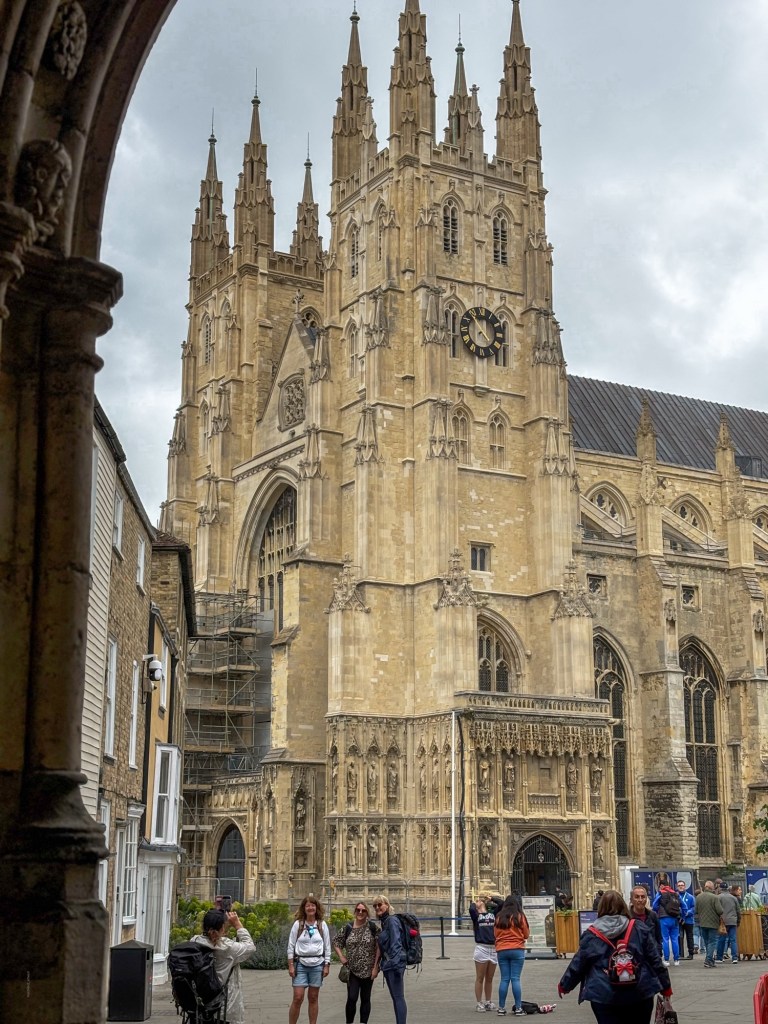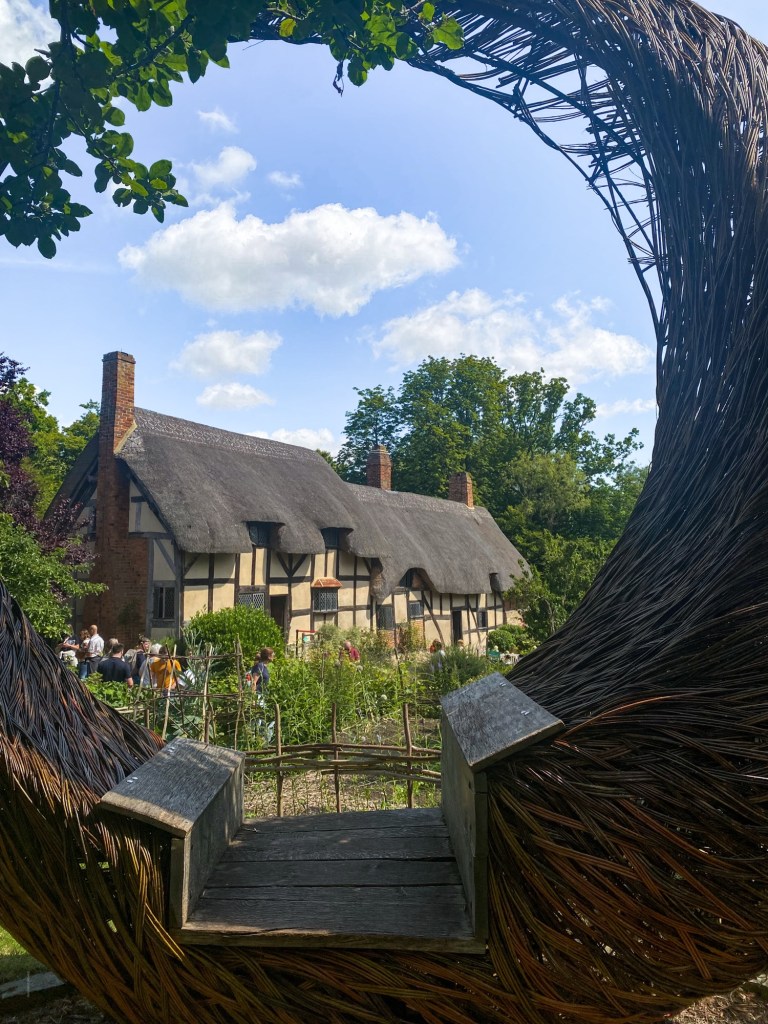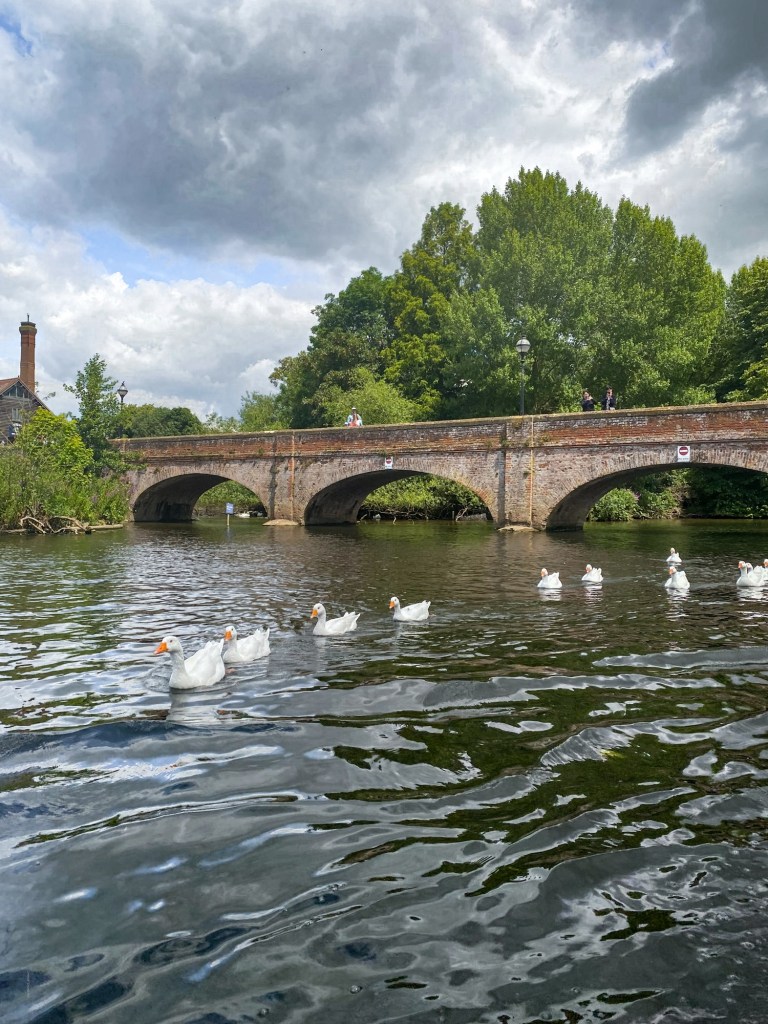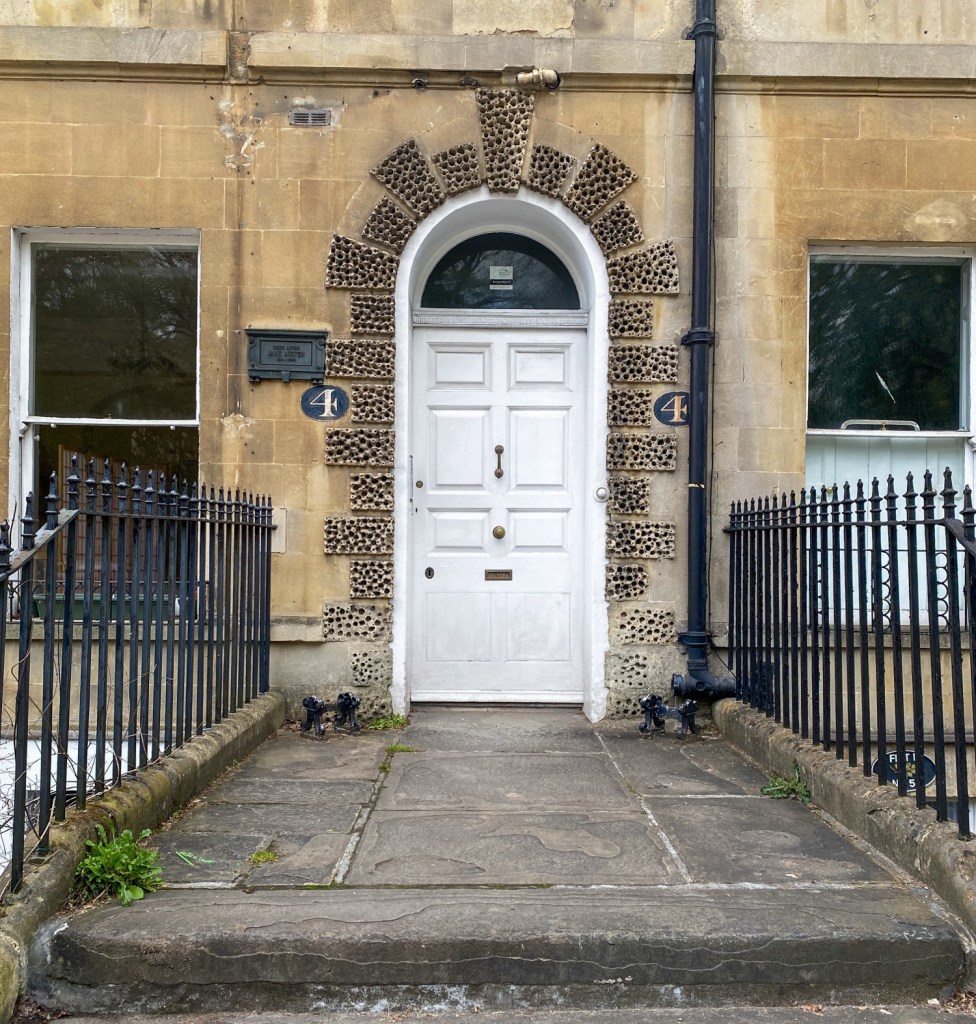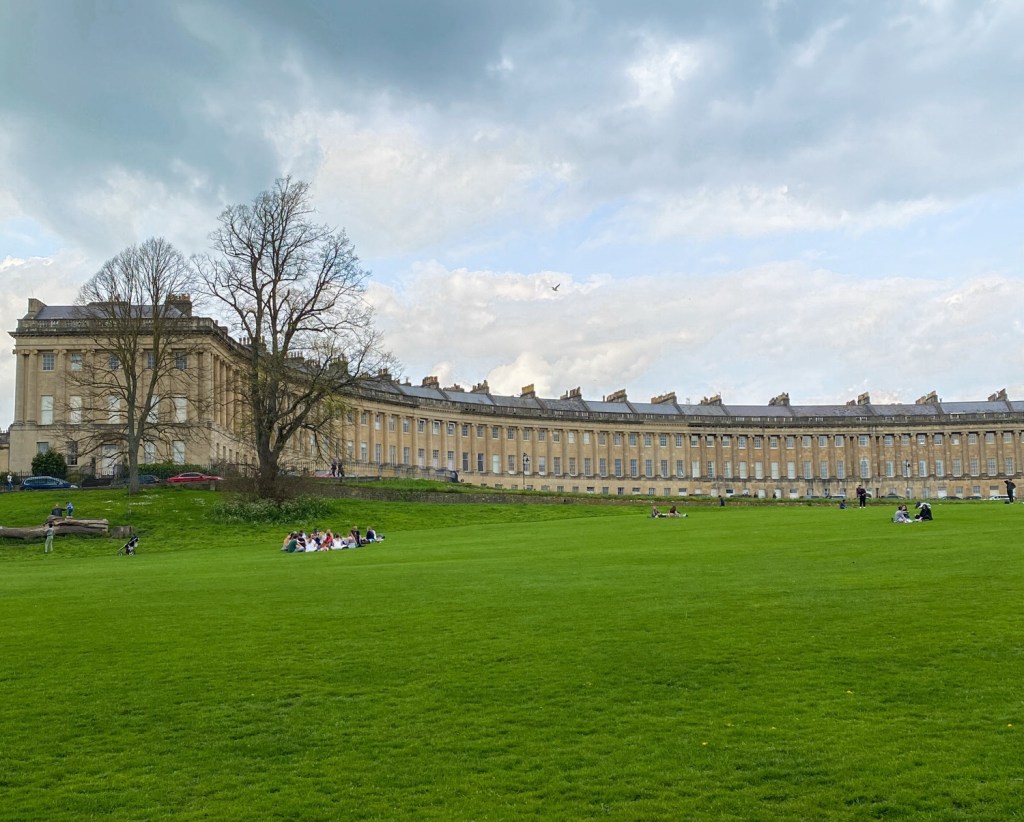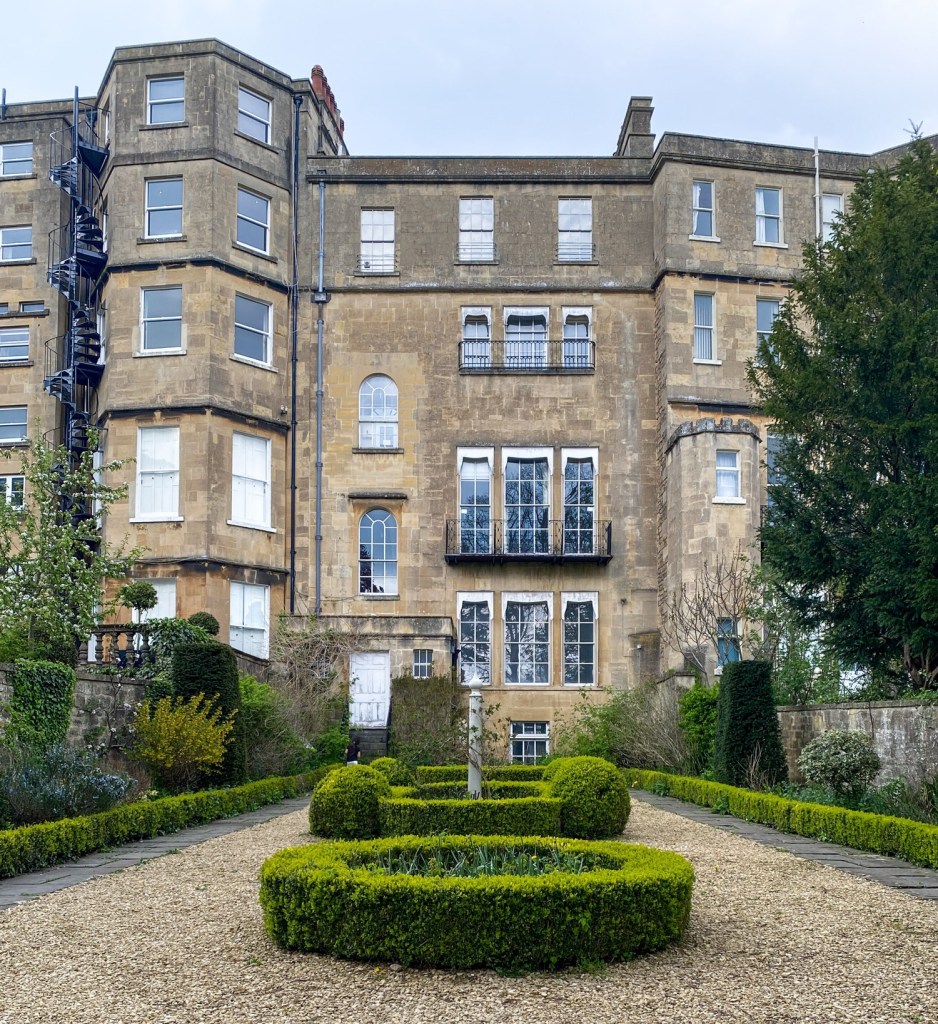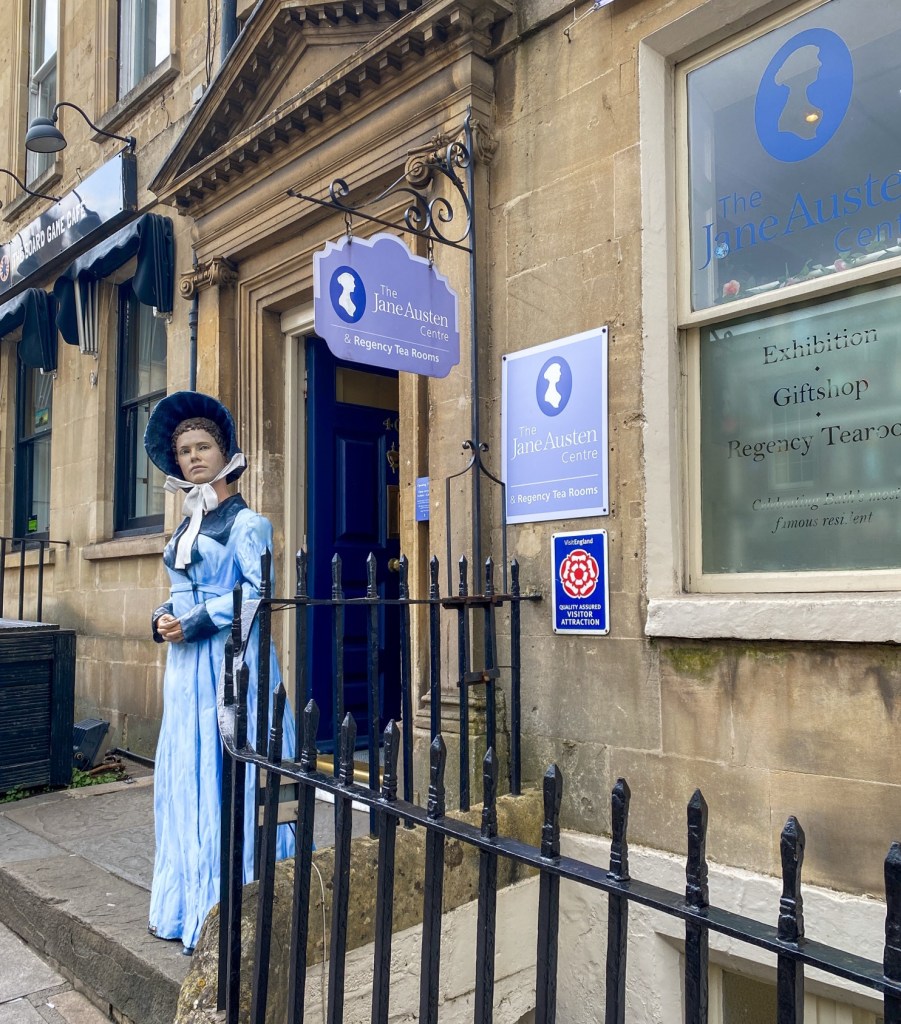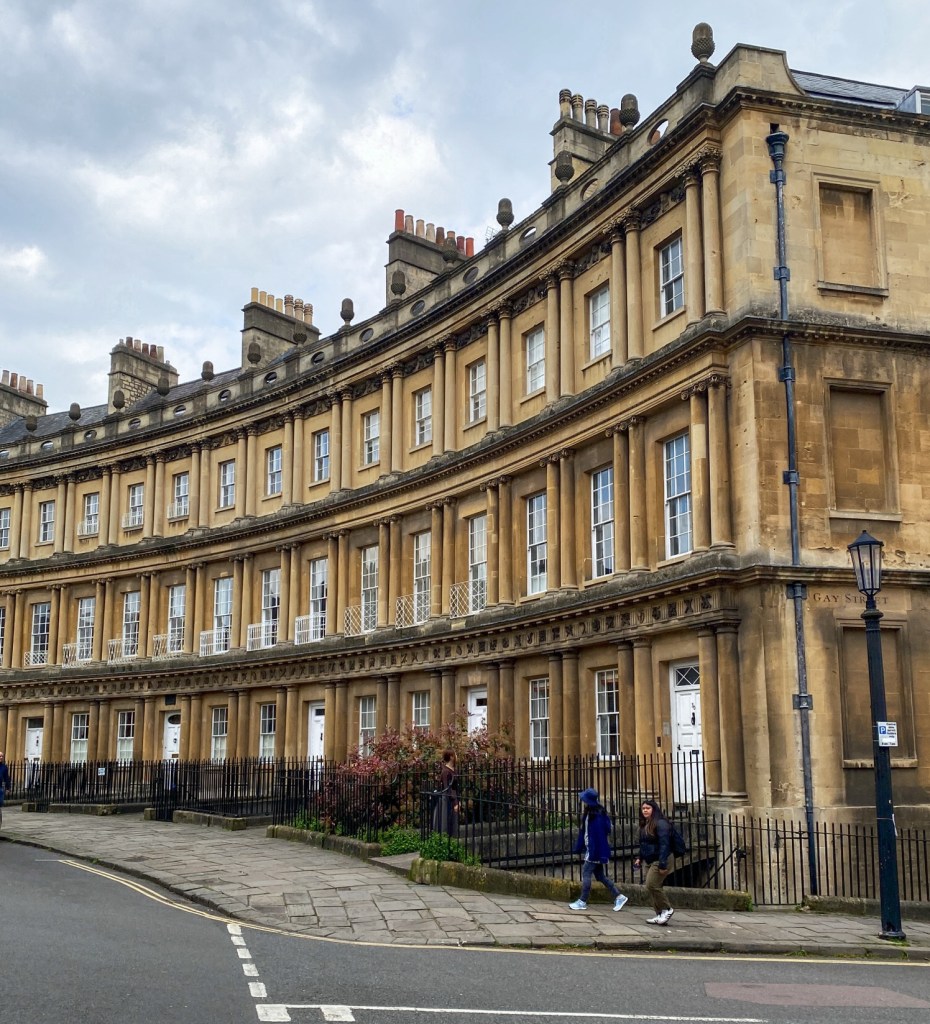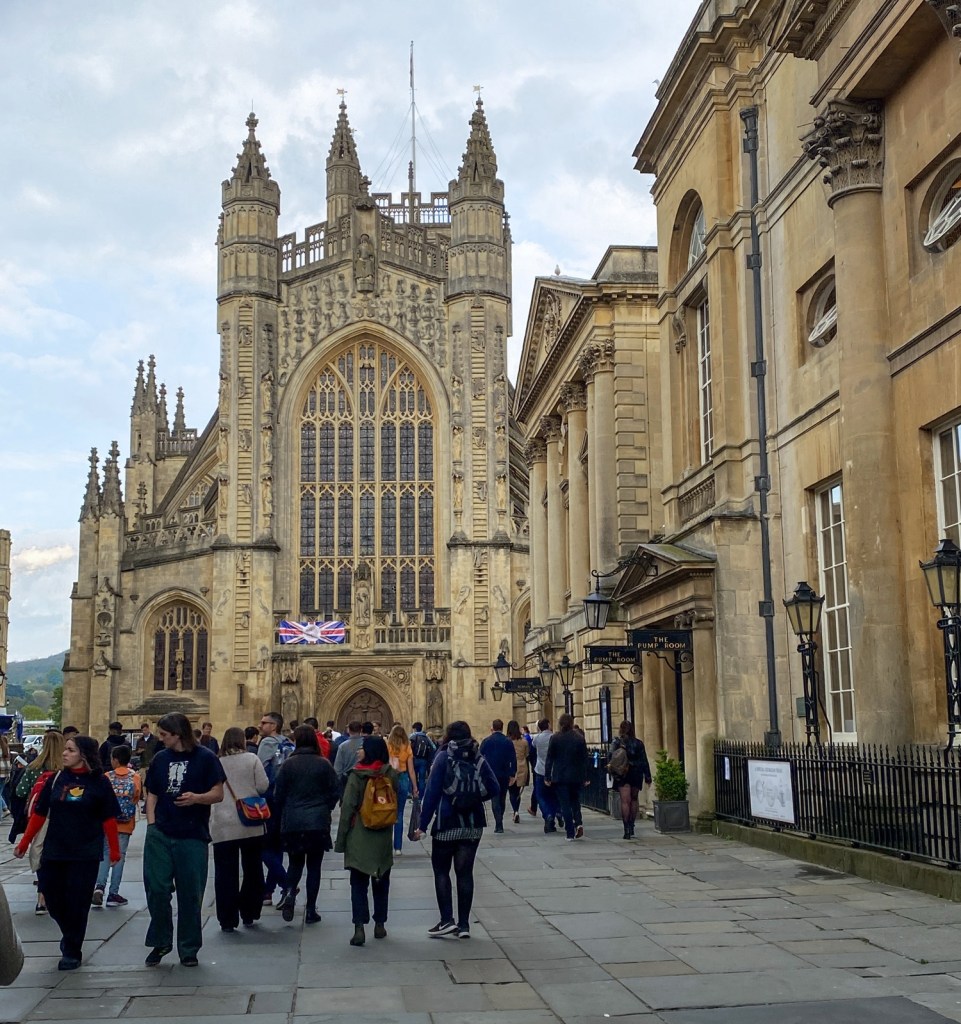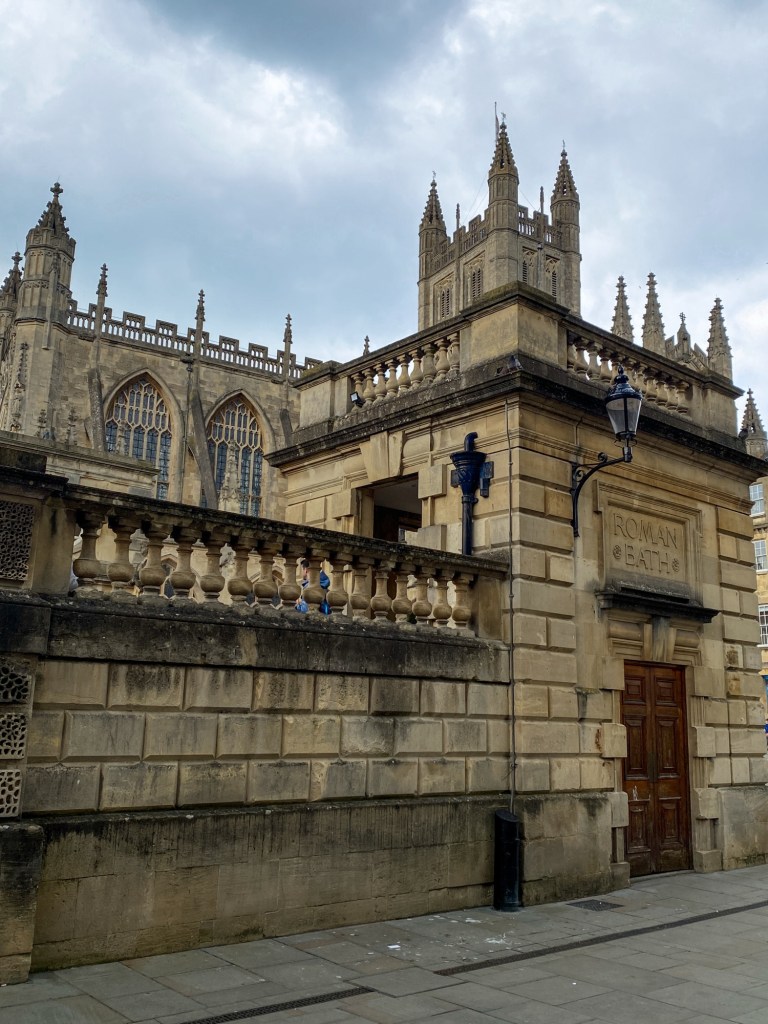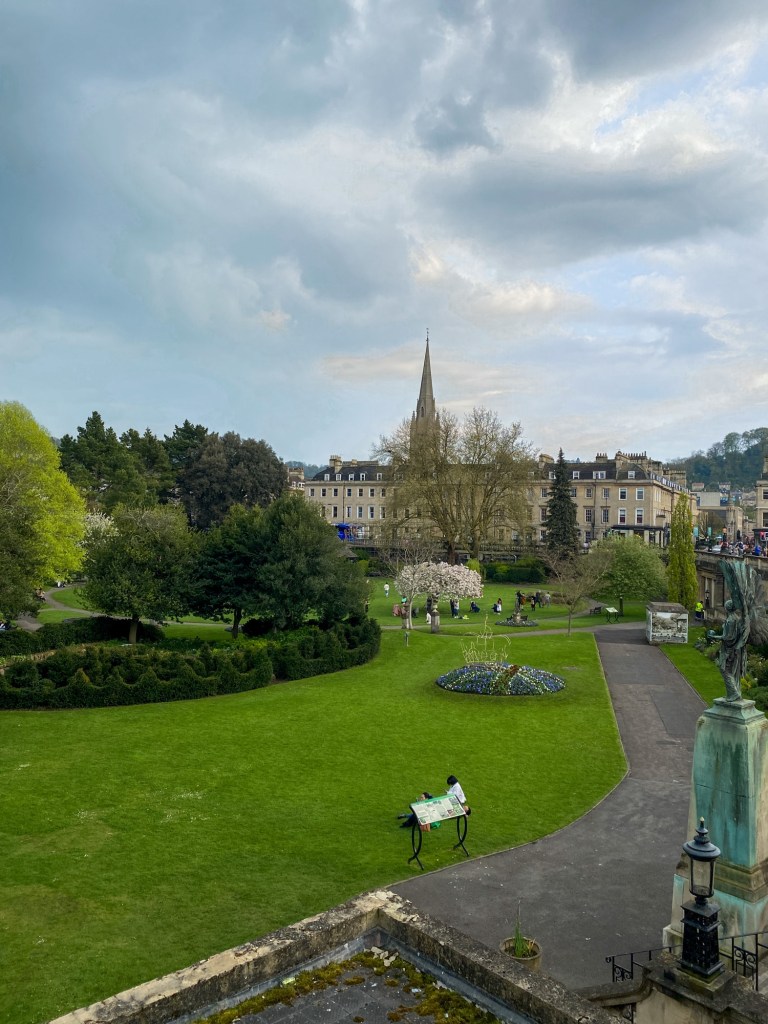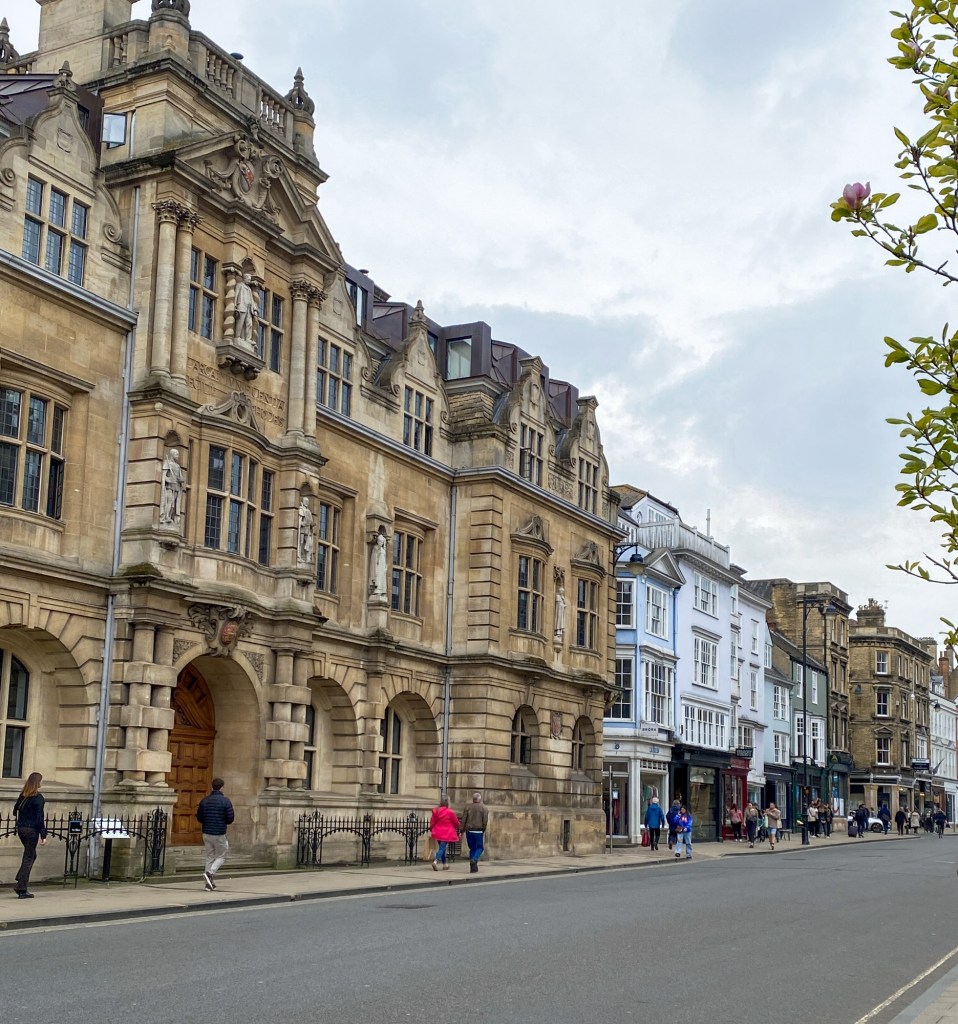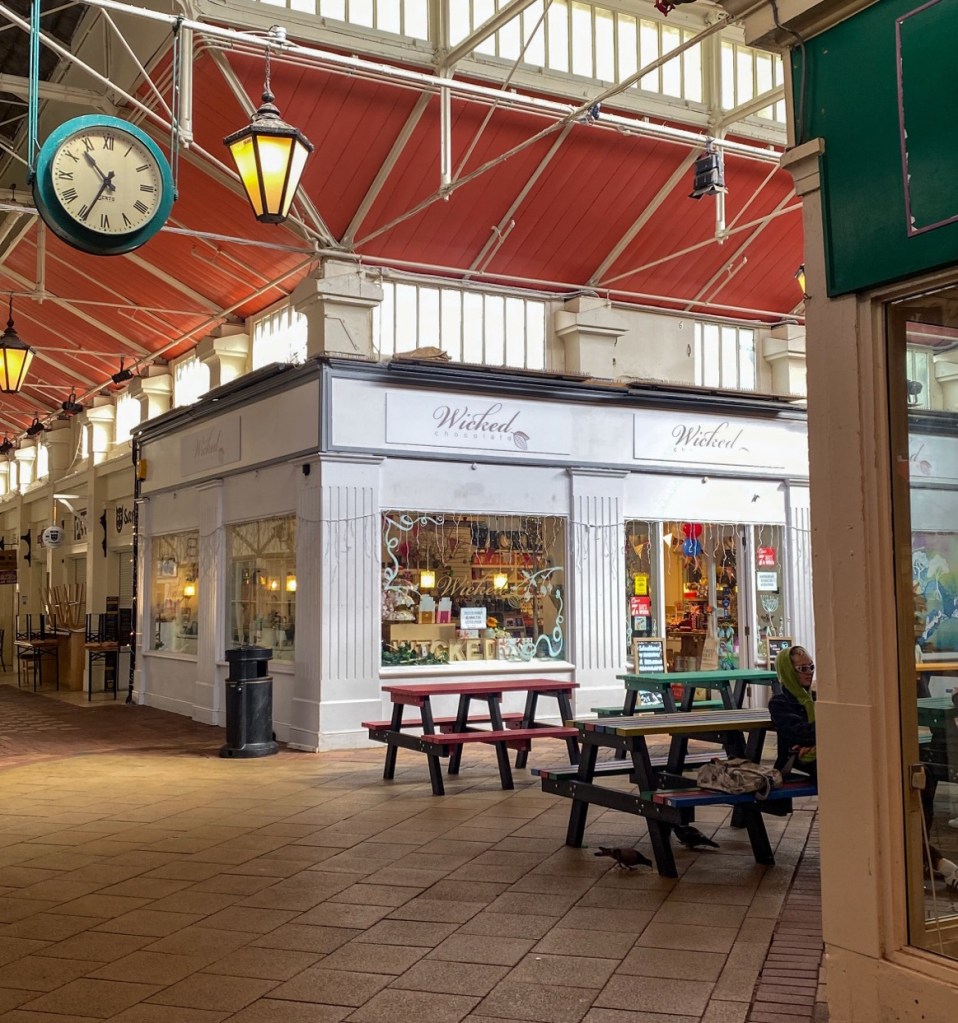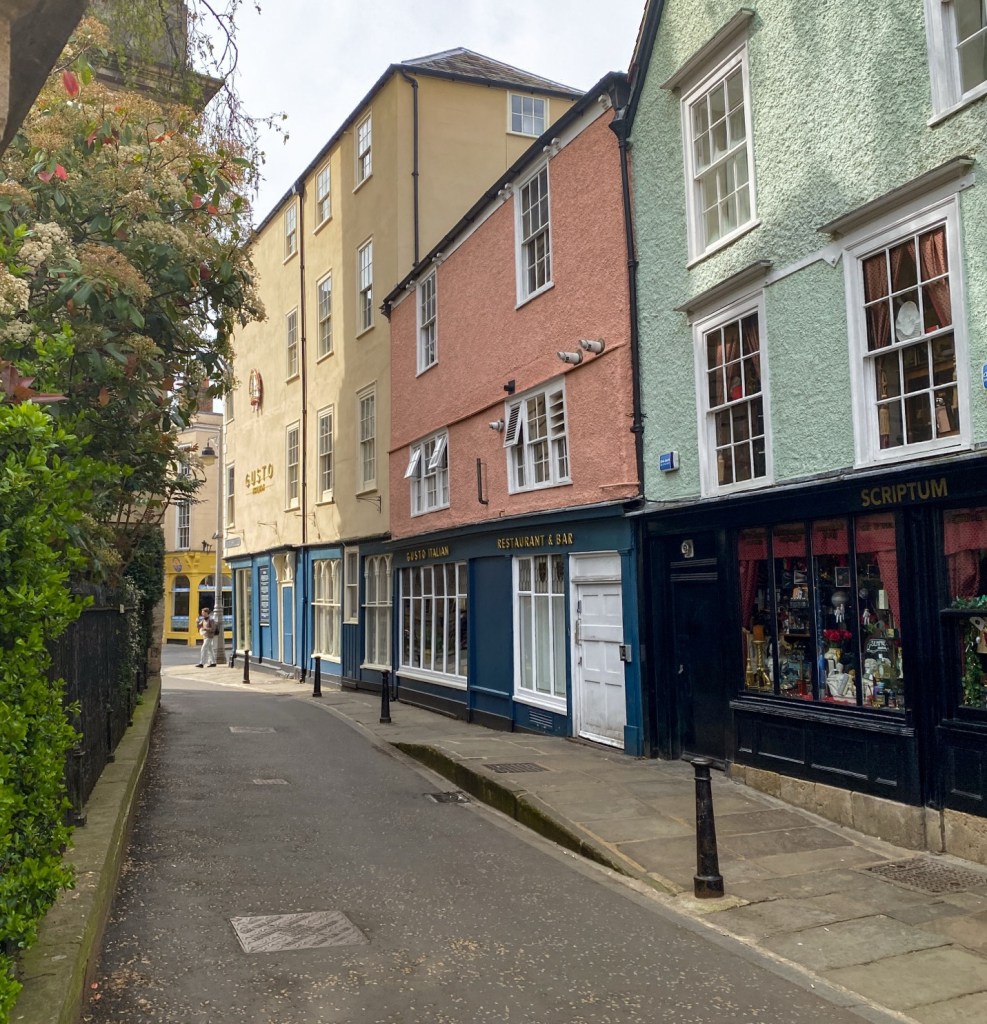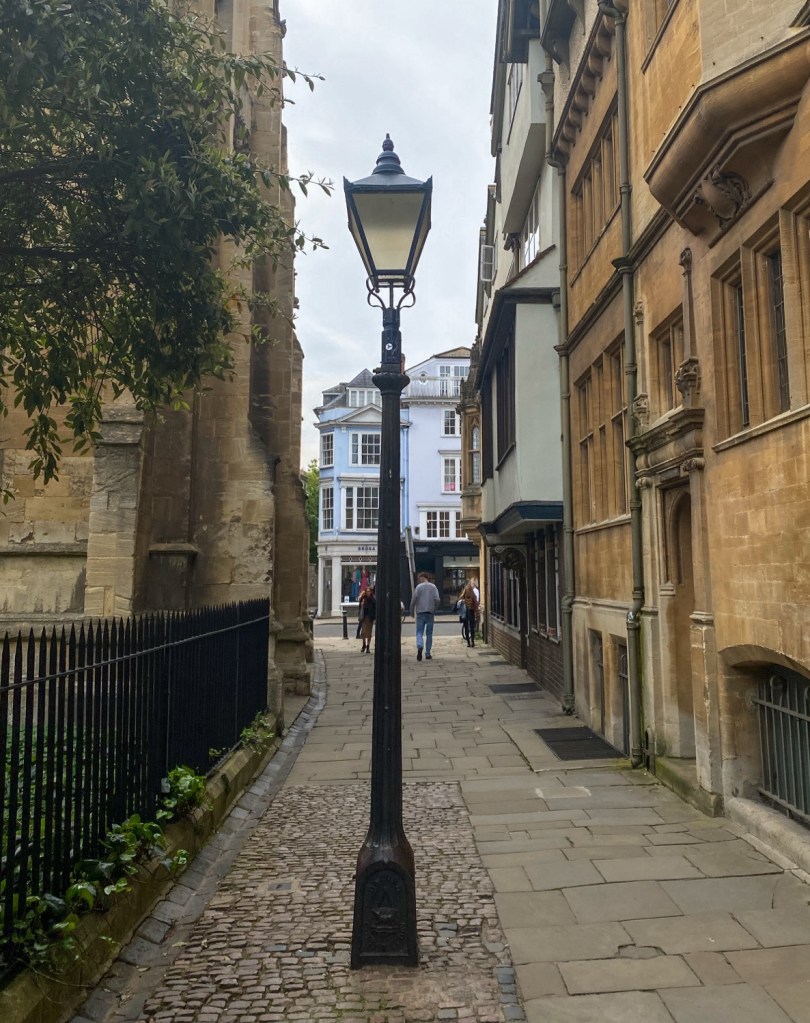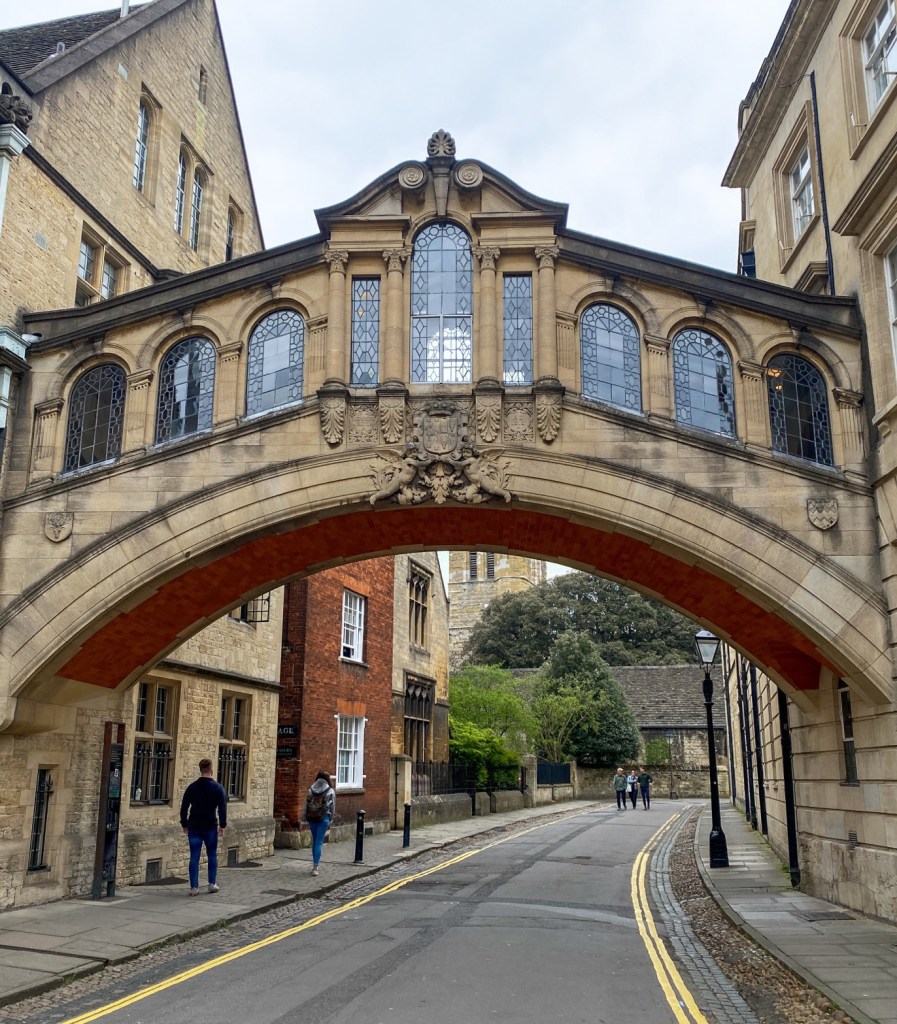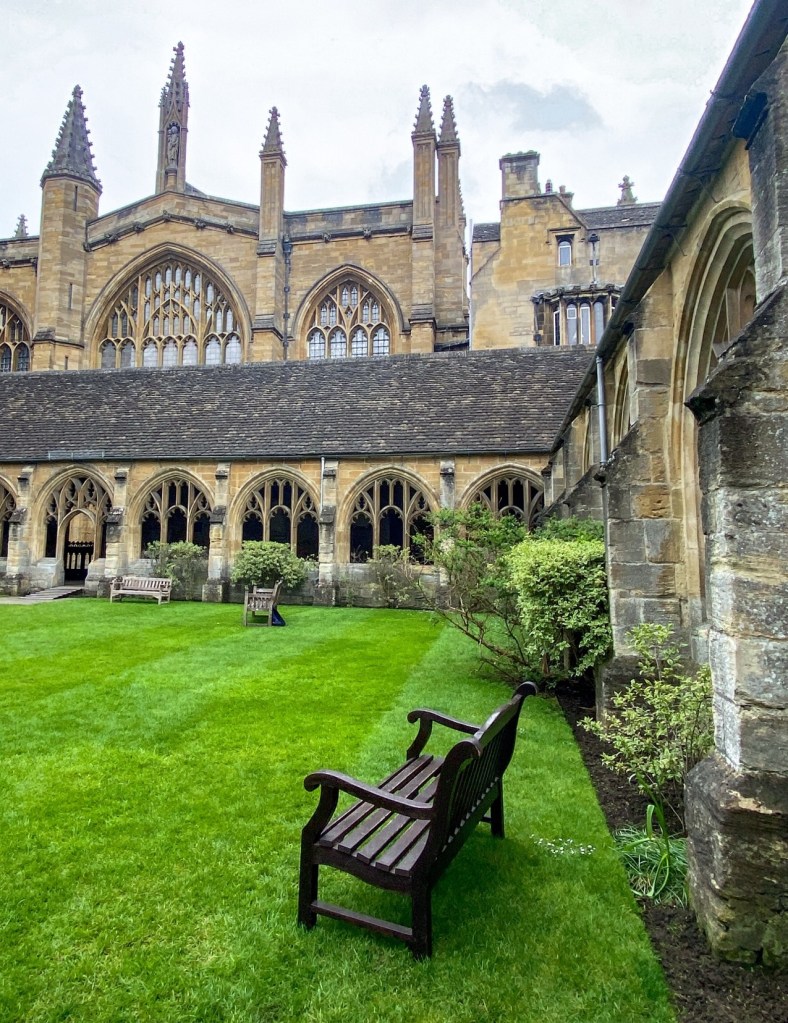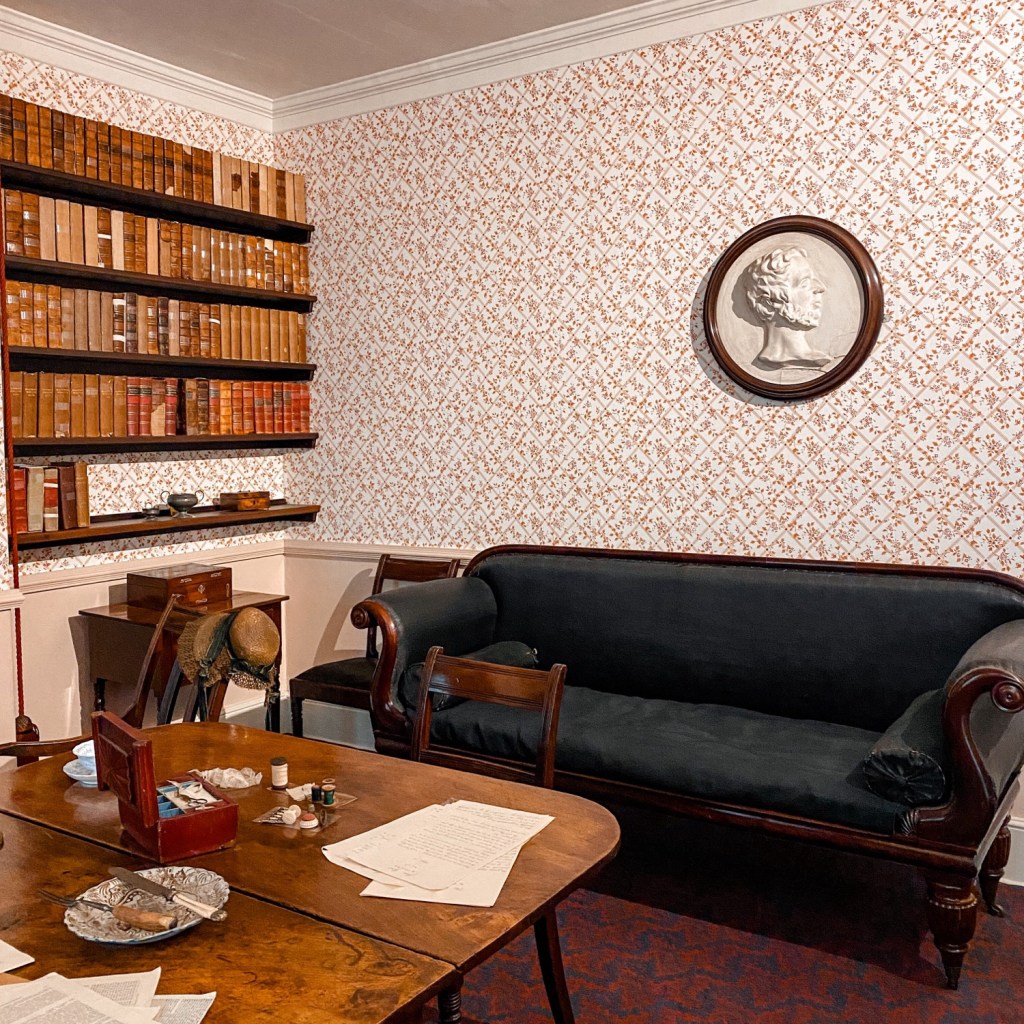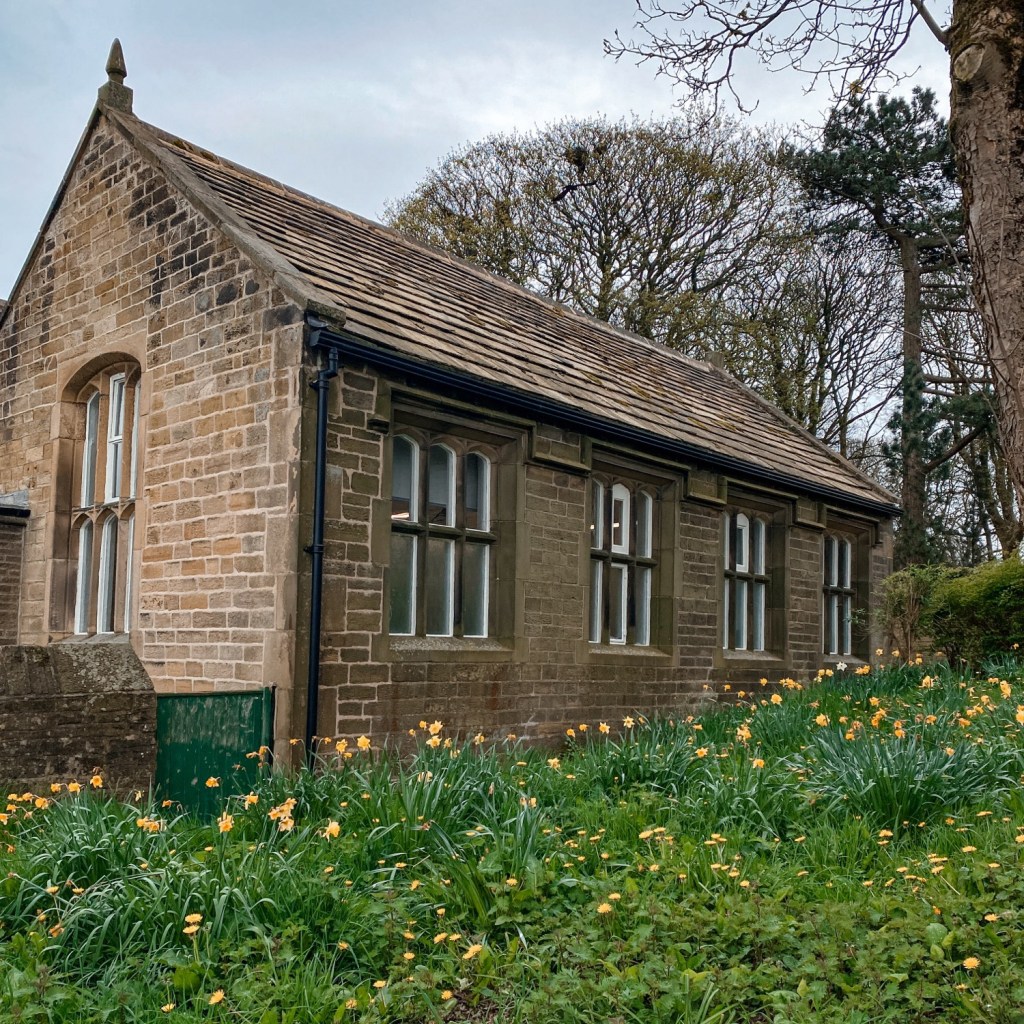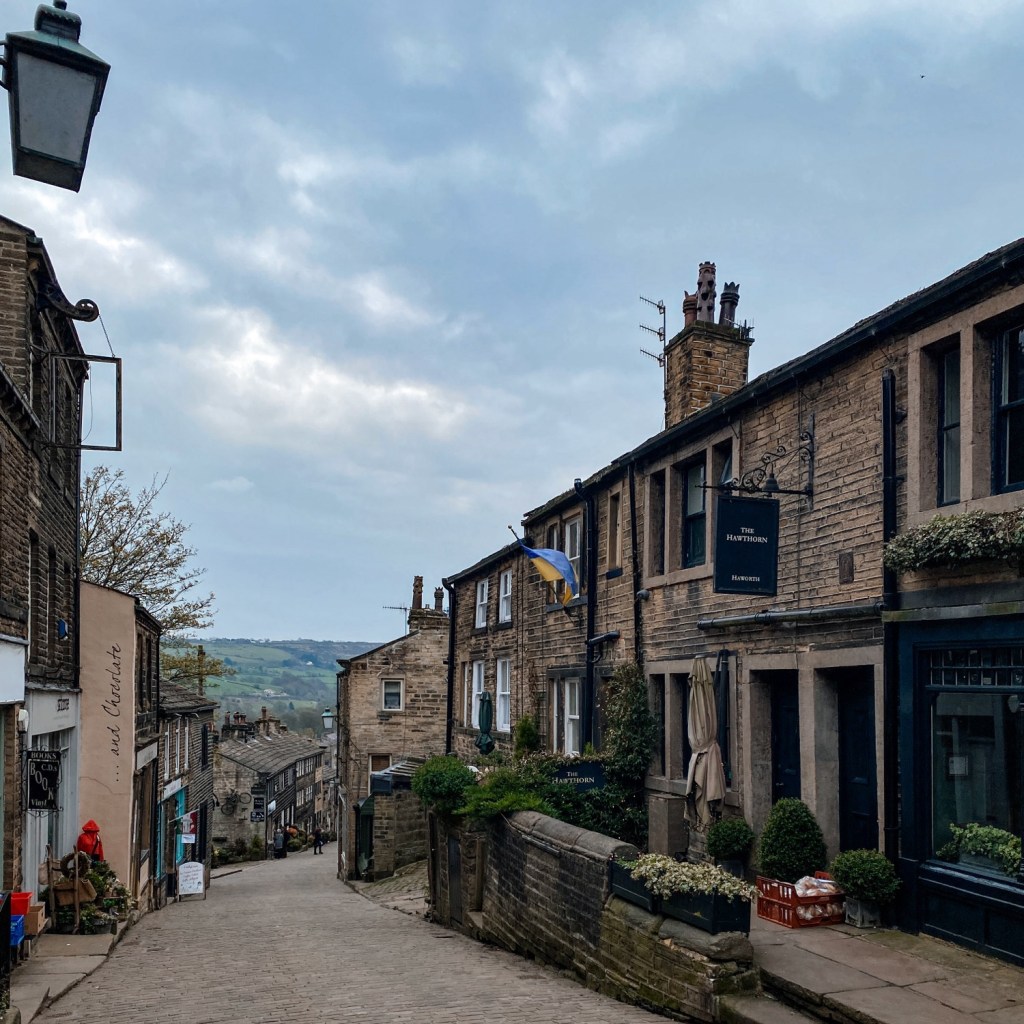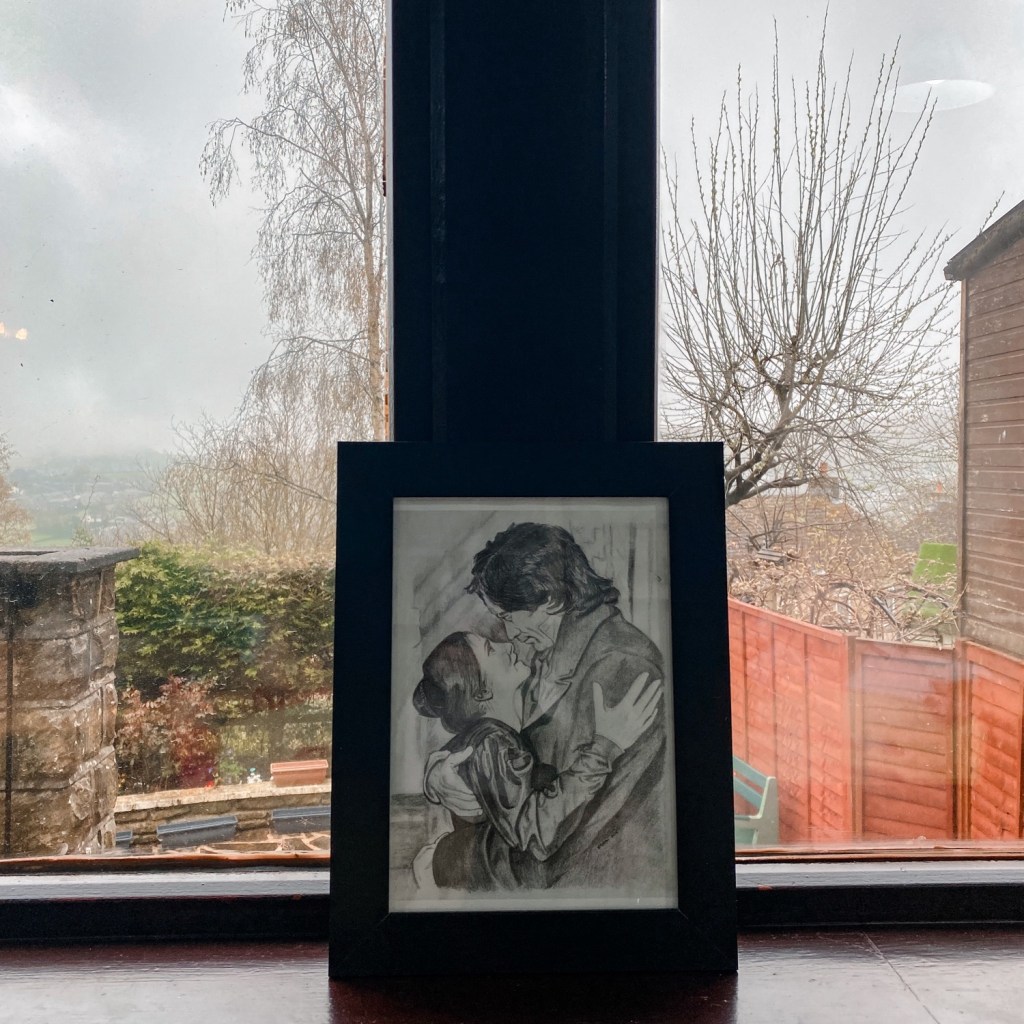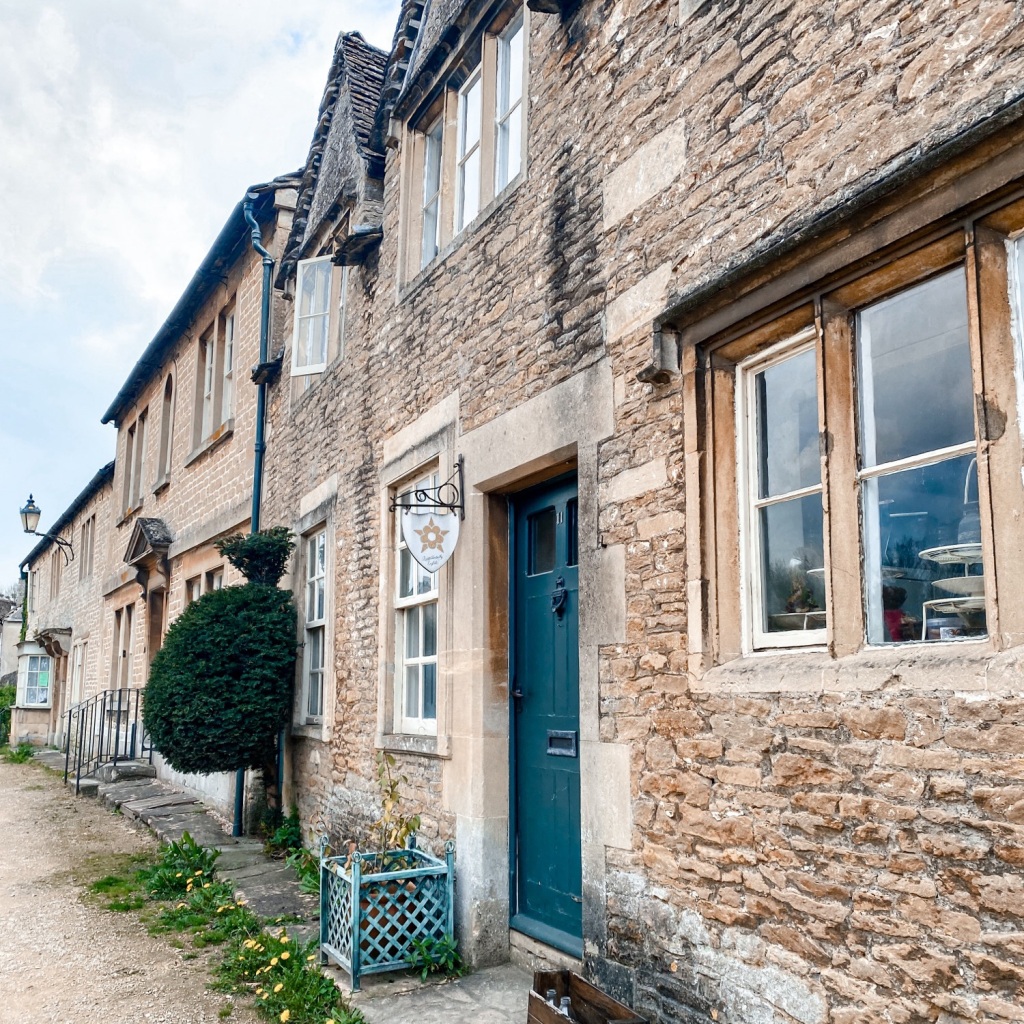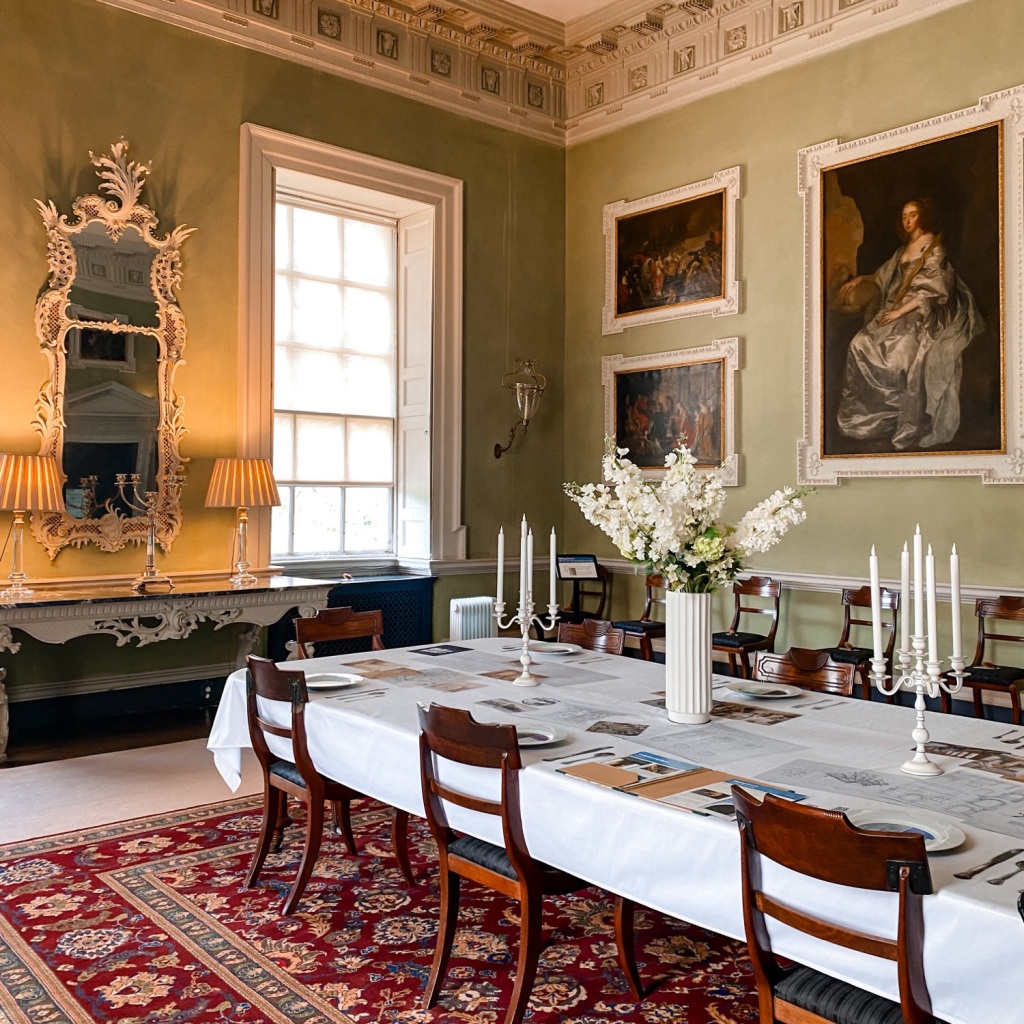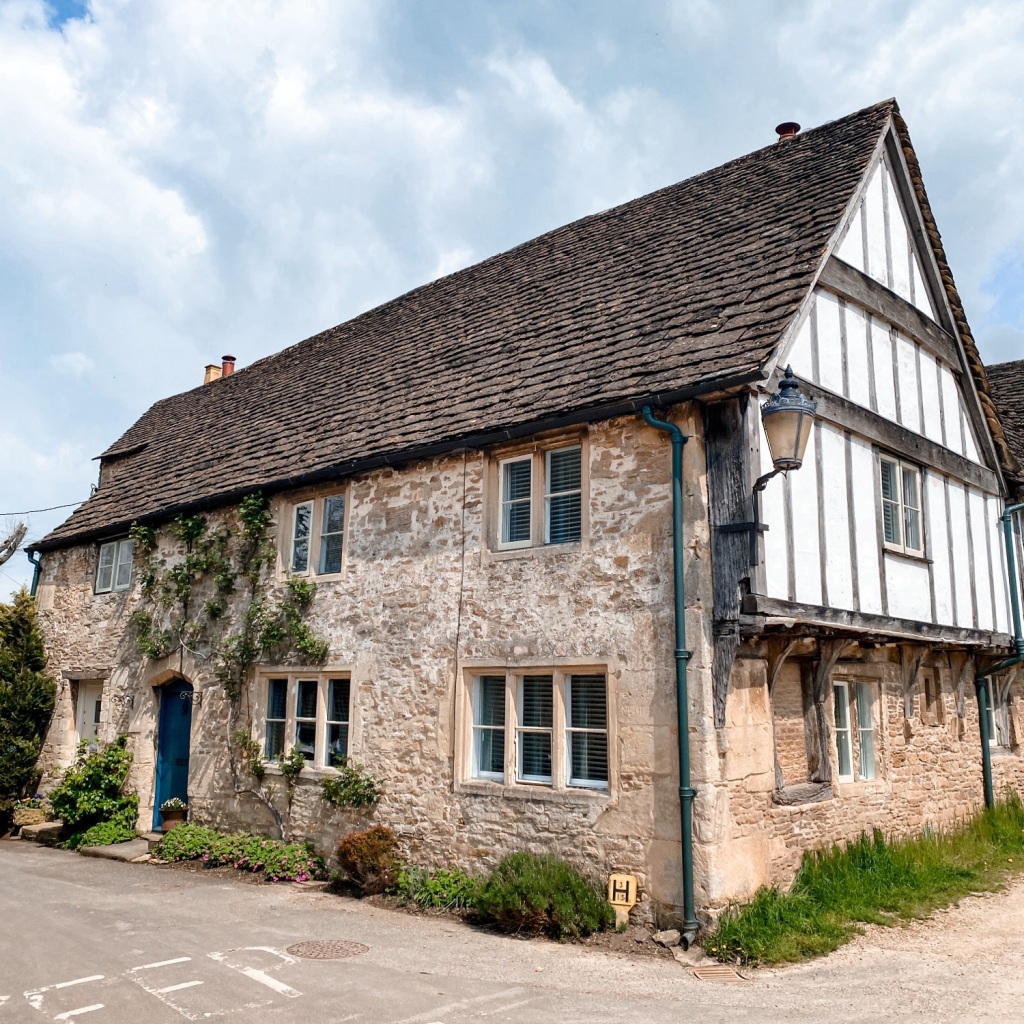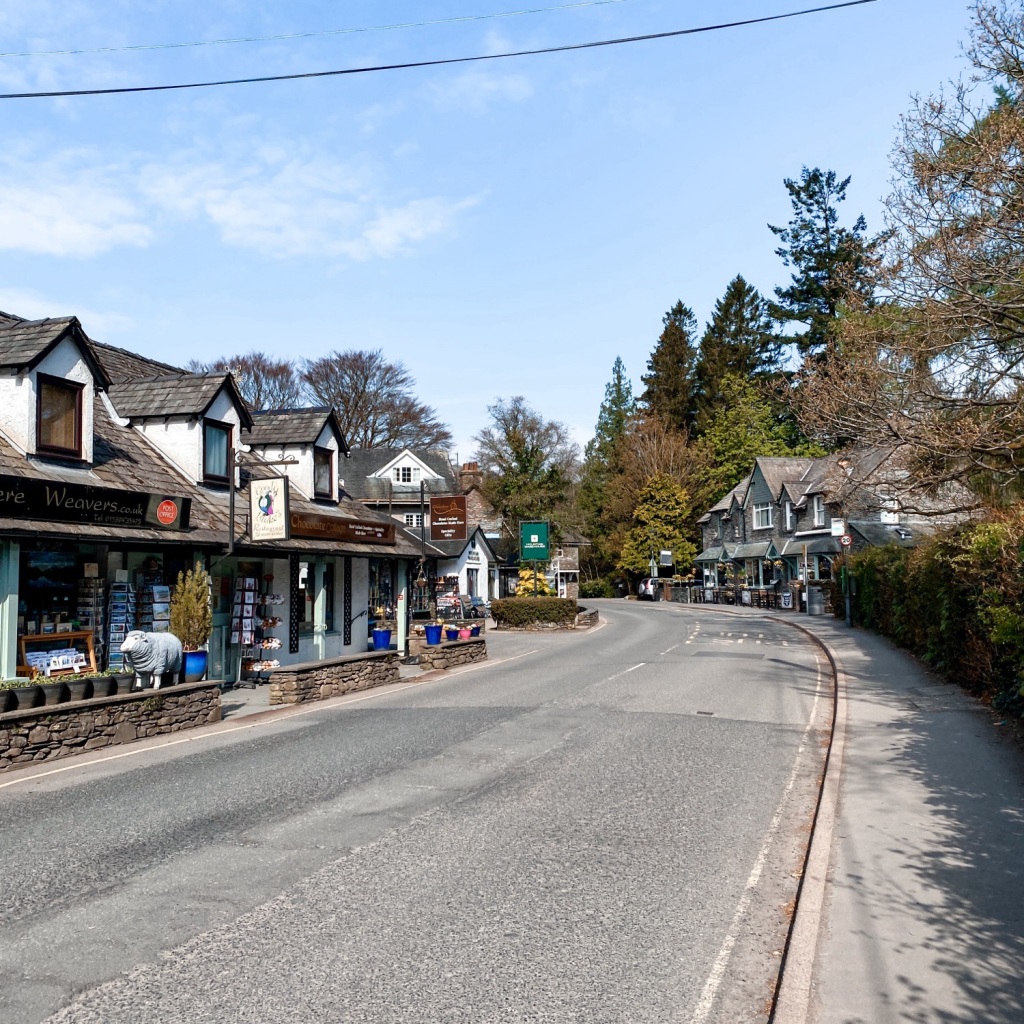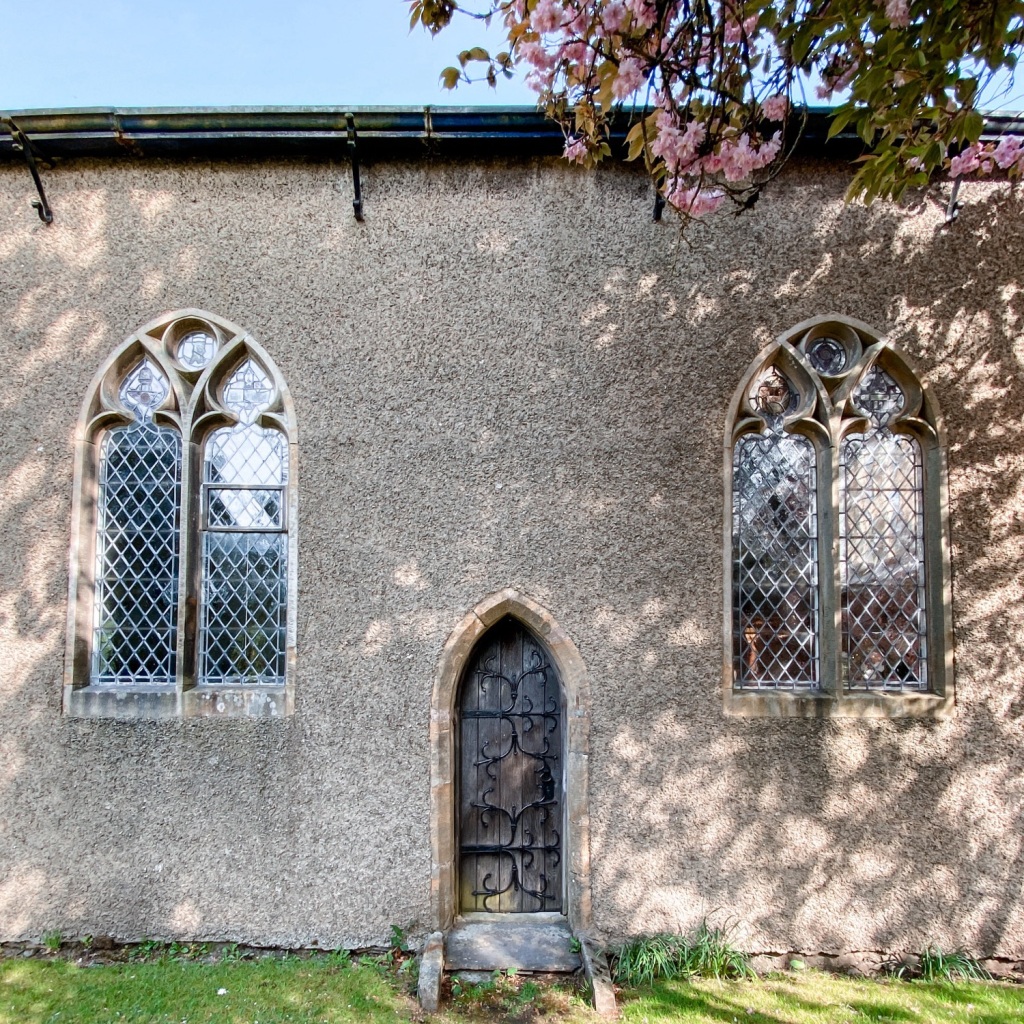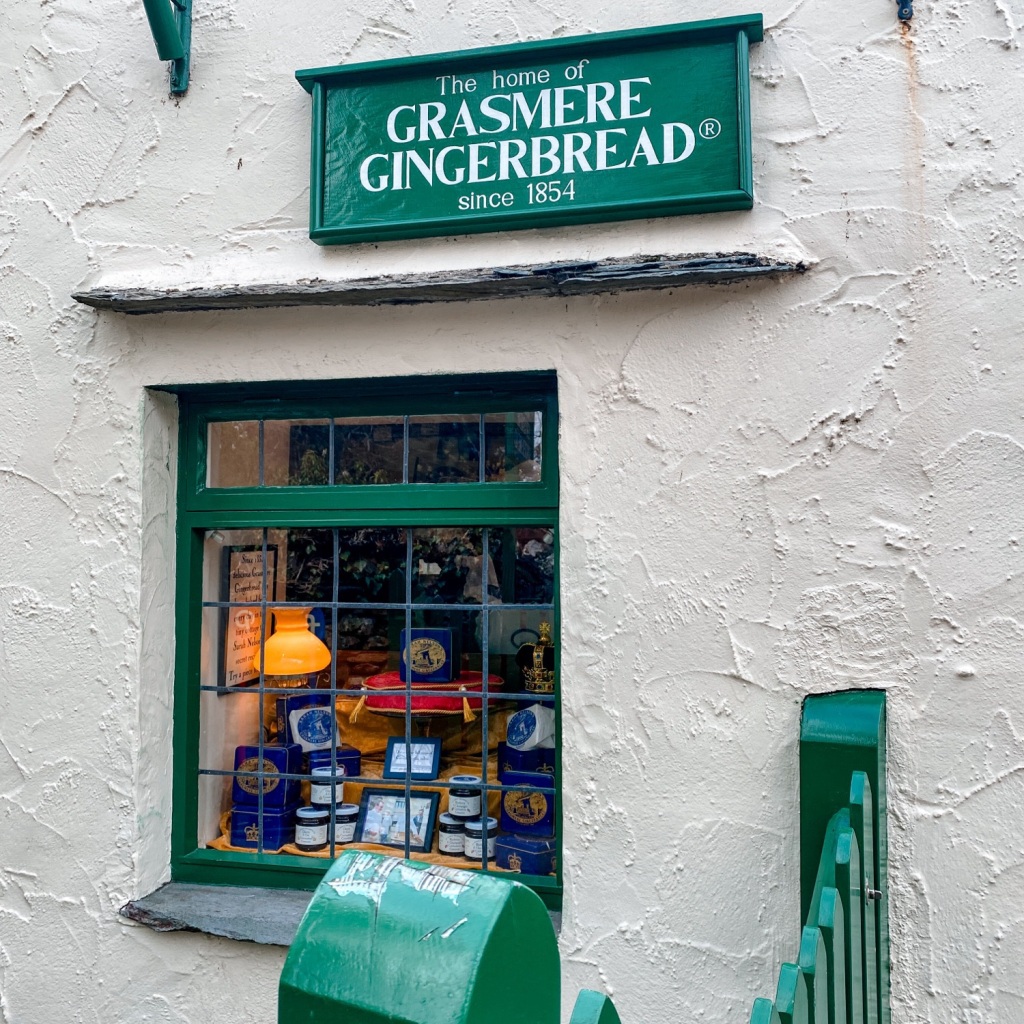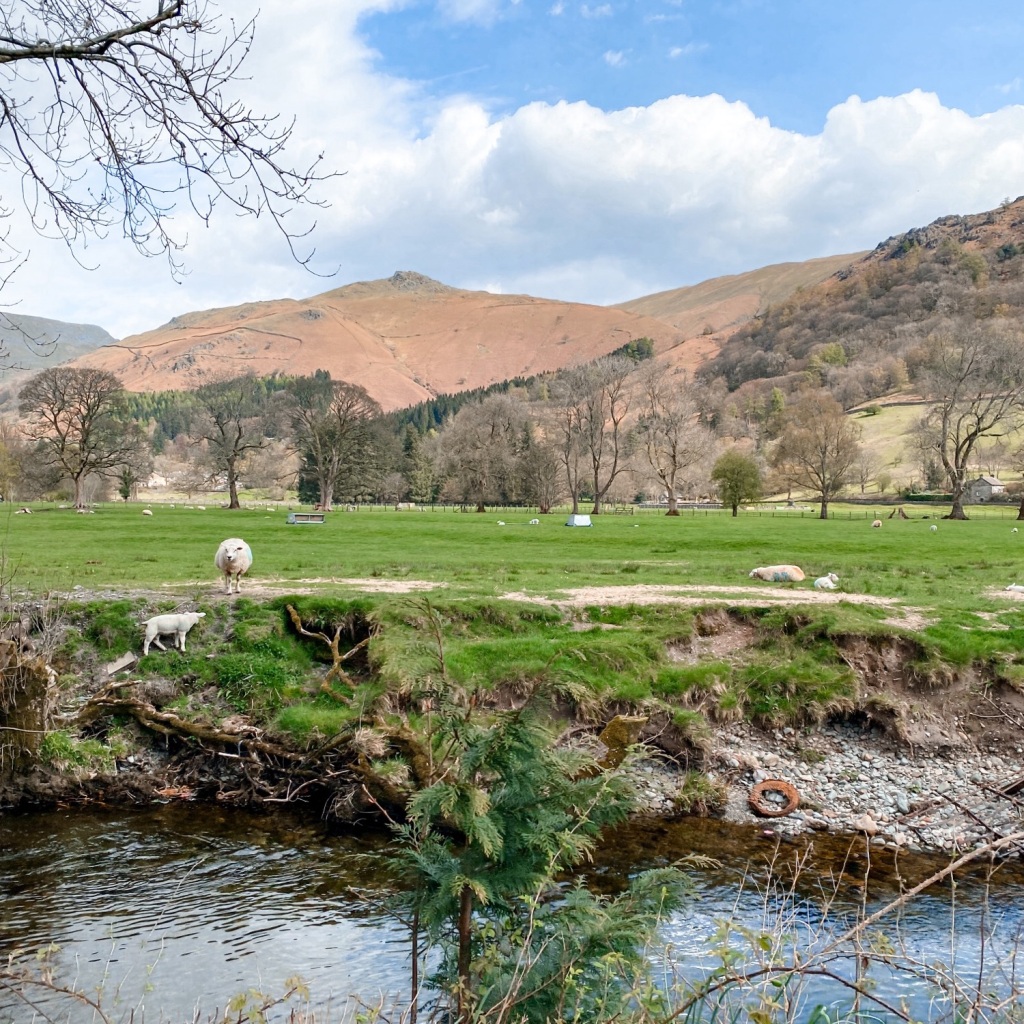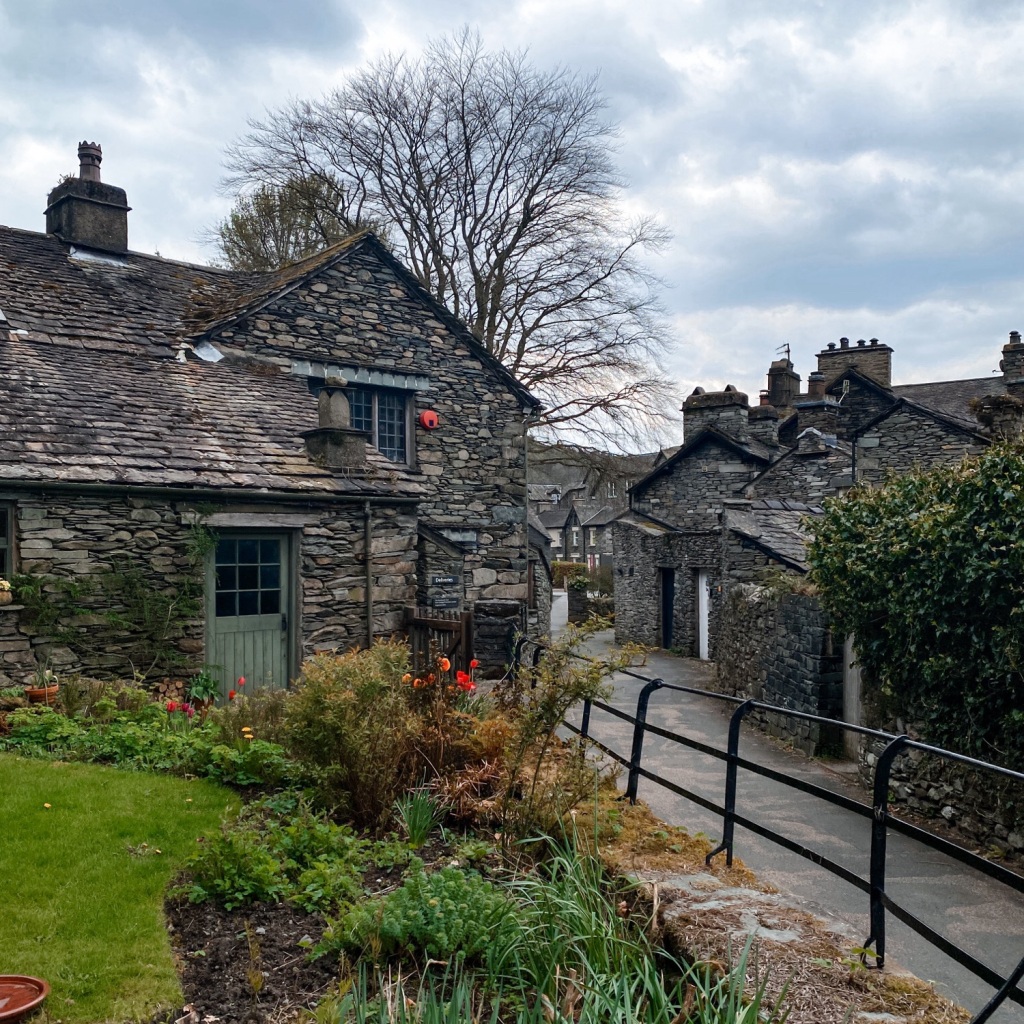Disclaimer: This post contains affiliate links
Back in the summer of 2024, on a warm yet drizzly July day, I had the pleasure of stepping back in time with a visit to the magnificent Warwick Castle. Nestled in the heart of Warwickshire, this iconic fortress is one of England’s most impressive and best-preserved medieval castles—and thanks to ‘Shakespeare’s England’ and their Explorer Pass, booking my visit was seamless and stress-free.
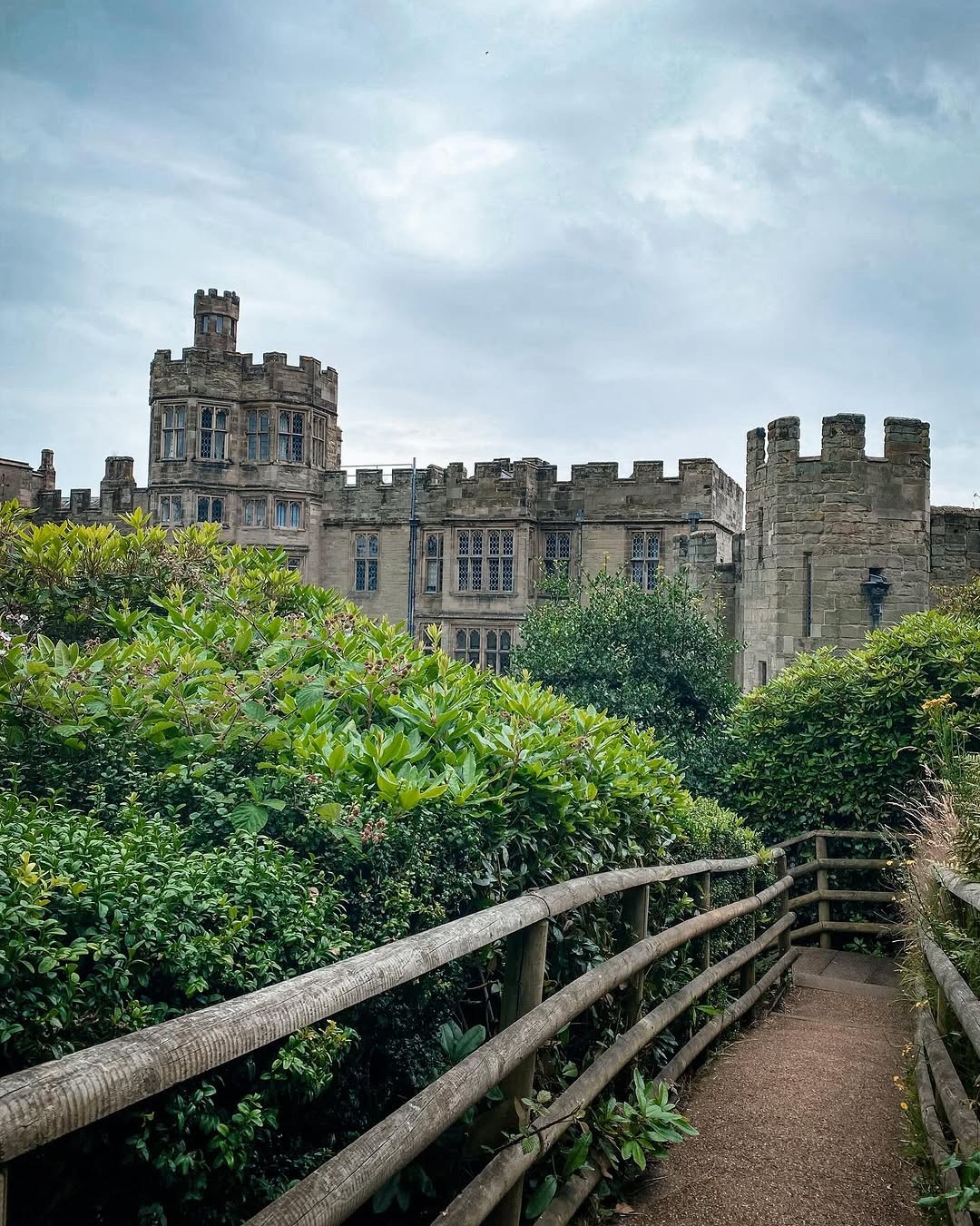
Discovering the Explorer Pass
Before setting off on my trip, I was kindly offered a Shakespeare’s England Explorer Pass as part of a PR visit—and it truly turned out to be a wonderful gem for anyone exploring the Warwickshire area. The pass grants access to many of the region’s top attractions, including Warwick Castle, Shakespeare’s Birthplace, and other key sites linked to the life and legacy of the Bard. With just one pass, I was able to plan my itinerary and book everything in advance. For travelers, purchasing the Explorer Pass is a great way to save both time and money while making the most of your visit.
First Impressions of Warwick Castle
As I approached the castle, its towering stone walls and crenellated towers immediately transported me back centuries. Originally built by William the Conqueror in 1068, Warwick Castle has seen nearly 1,000 years of battles, sieges, royal visits, and intrigue. Even from the outside, the scale of the fortress is impressive, but it’s once you step inside that the real magic begins.

A Day Packed with Experiences
My day at Warwick Castle was far from ordinary—it was a journey through centuries of history, drama, and grandeur. I began by wandering through the Great Hall and State Rooms, where each room seemed more majestic than the last. Lined with suits of armor, antique furnishings, and rich tapestries, these halls told vivid stories of royal banquets, noble families, and centuries of intrigue.

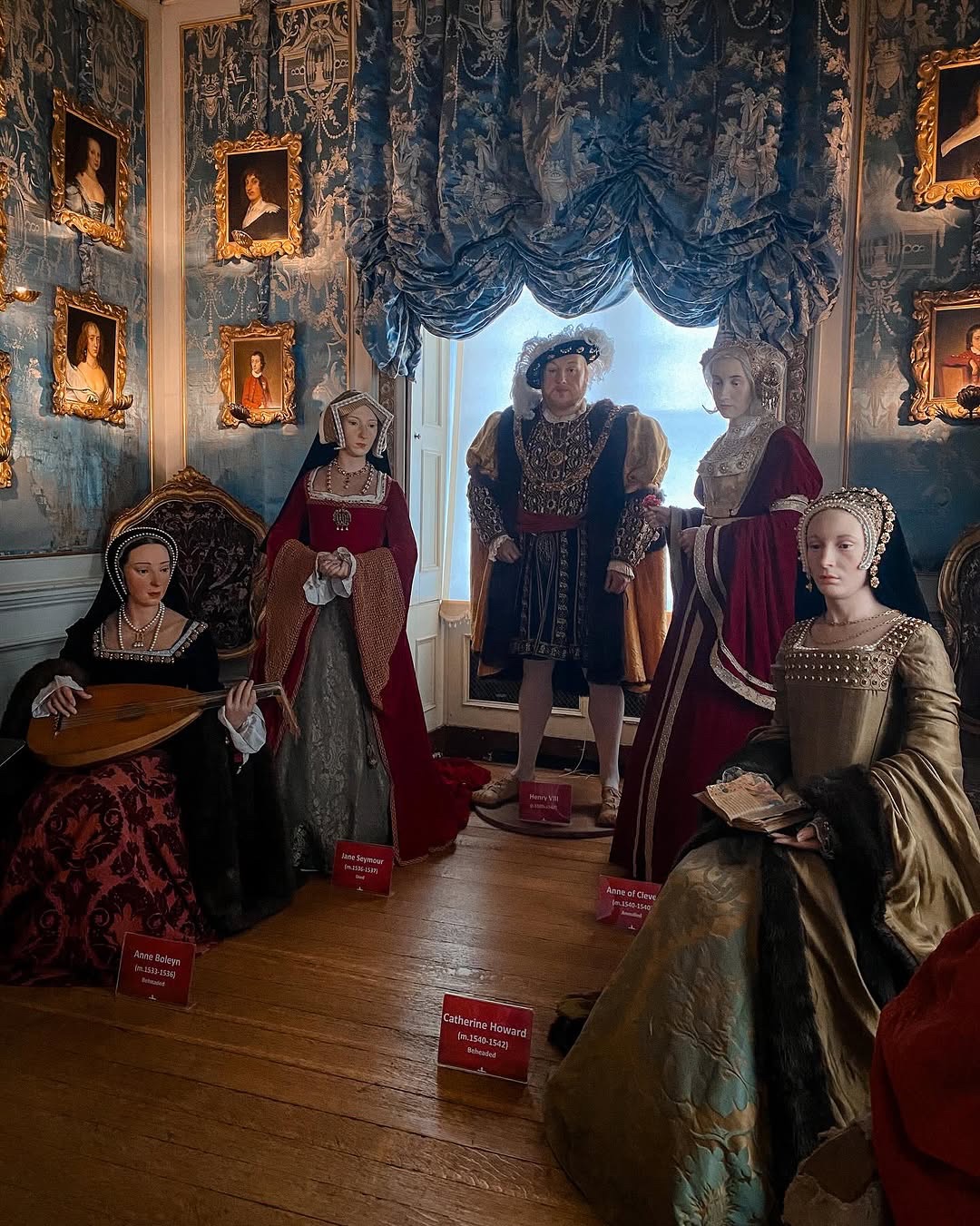

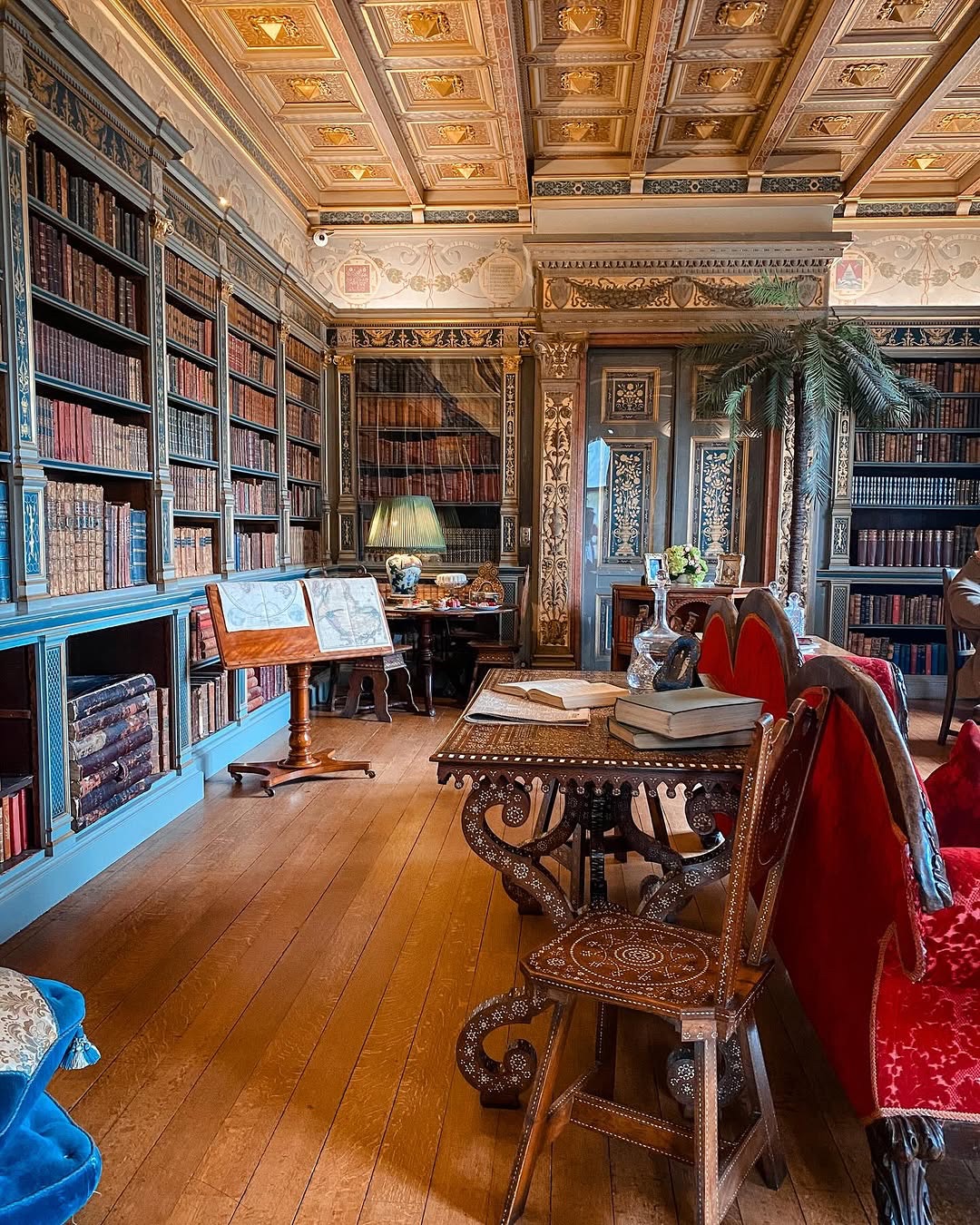
One of the castle’s standout experiences is the Castle Dungeon, a spine-tingling theatrical tour that blends dark humor with grisly medieval history. It’s not for the faint-hearted, but it offers a chillingly entertaining look at justice in times past. Just outside, the Birds of Prey show is equally unforgettable—watching eagles and falcons soar gracefully above the ancient grounds is a dramatic and awe-inspiring sight.
After a relaxing break at the on-site café, where I grabbed a bite and warmed up, I ended my visit with a climb to the top of the towers and ramparts. As a light drizzle fell, the views over the River Avon and the lush Warwickshire countryside were nothing short of breathtaking. From above, the castle grounds stretched out in all directions—a perfect blend of natural beauty and medieval might.
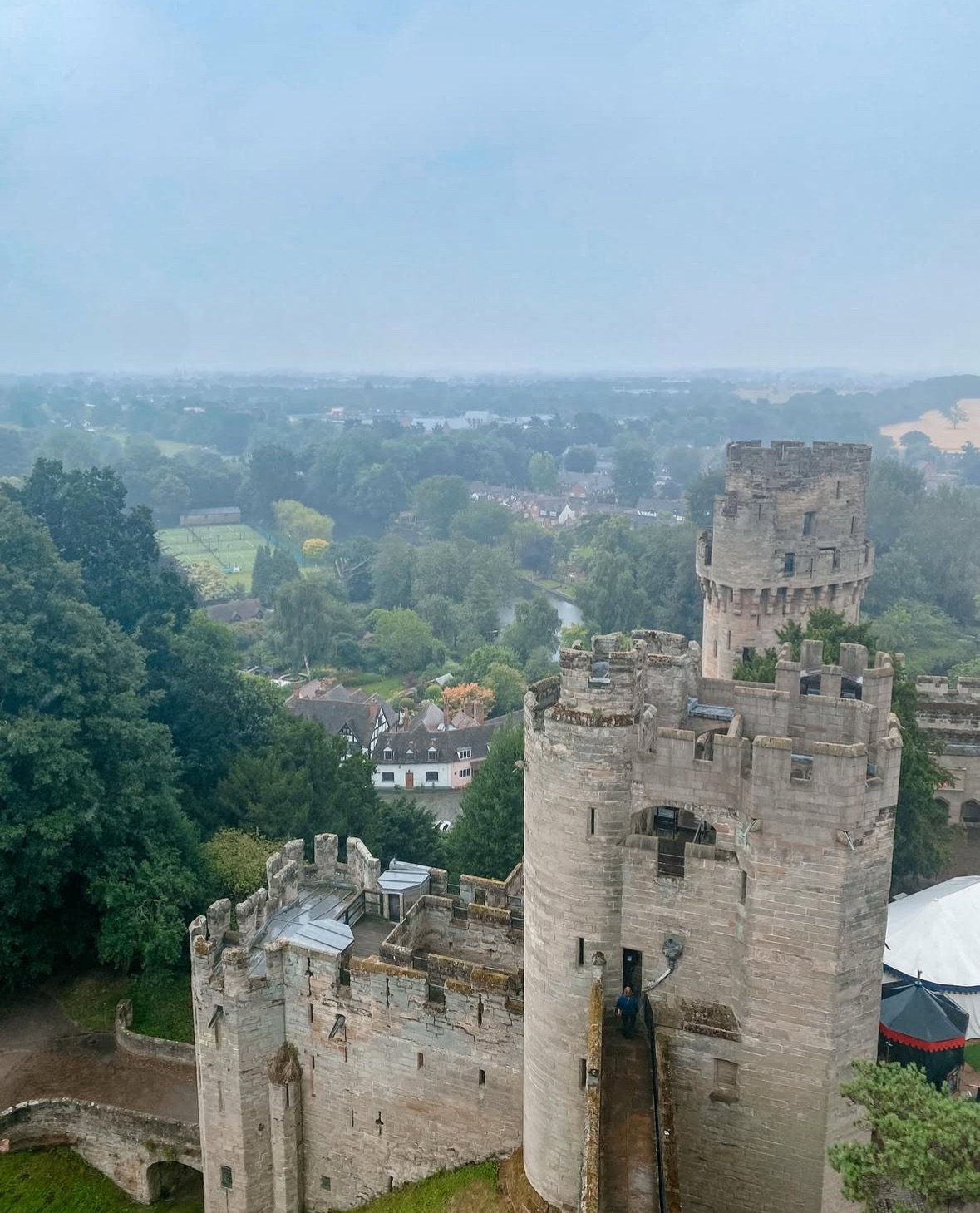
A Glimpse into Living History
Throughout the day, costumed actors brought the castle to life with reenactments and interactive performances. Whether it was a jousting demonstration, a sword-fighting lesson, or medieval storytelling, these moments made the past feel vibrant and alive.

Final Thoughts
Warwick Castle is not just a historical site; but an immersive, entertaining experience for all ages. In all honesty, having the Shakespeare’s England Explorer Pass certainly made it all the more enjoyable. Not only did it grant me easy entry, but it also encouraged me to explore more of the region’s rich heritage—making Warwickshire a destination I’m eager to return to.
If you’re planning a trip to England and love history, pageantry, and a touch of theatrical flair, Warwick Castle is a must—and the Explorer Pass is the perfect way to unlock it!
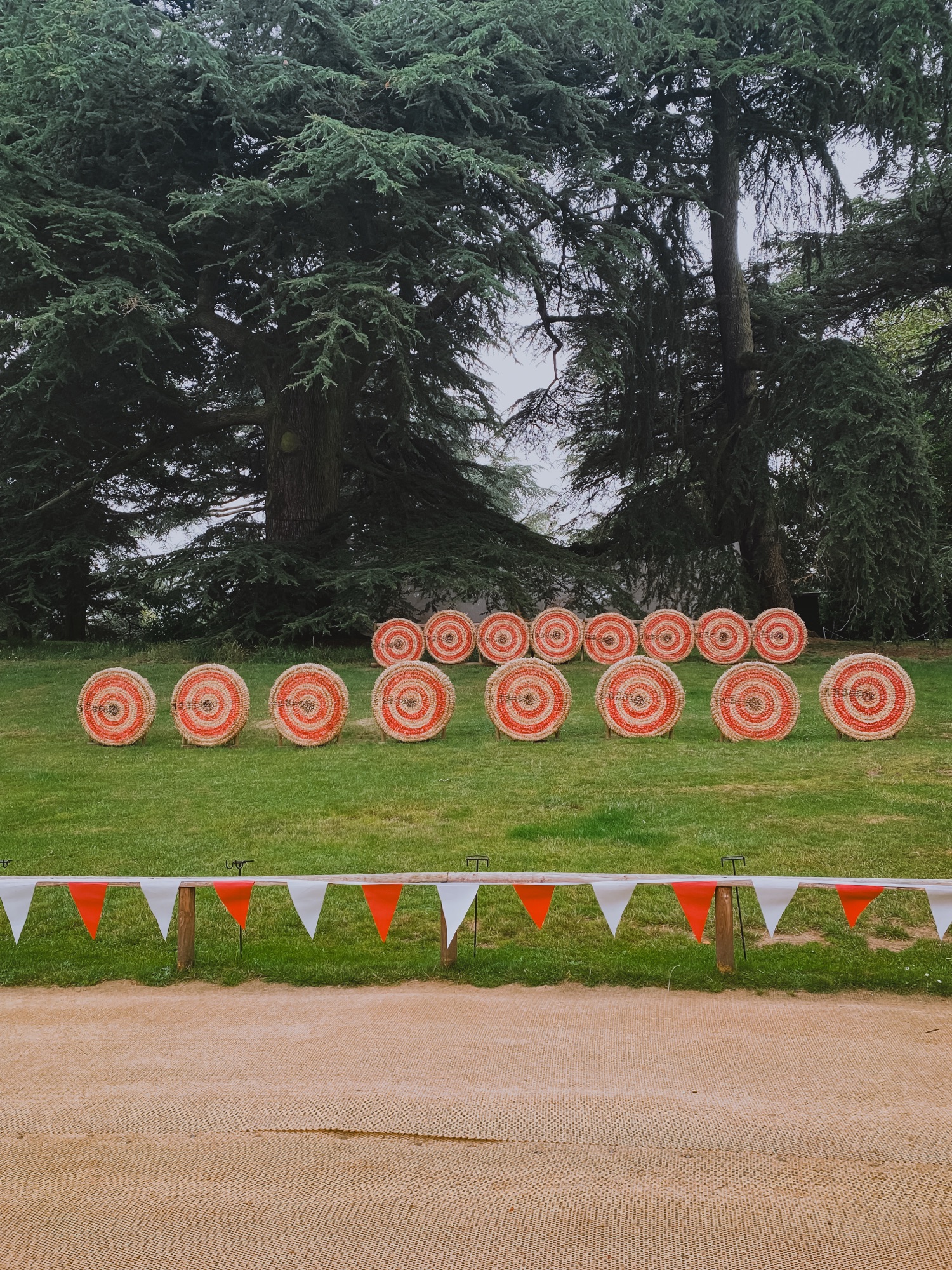
Helpful Tips for Visiting Warwick Castle
Arrive early: Warwick Castle is expansive, with a full day’s worth of sights and shows to explore. To make the most of your visit, I recommend arriving right when it opens so you have plenty of time to see everything before closing.
Allow time for the walk: It takes around 15–20 minutes to walk from the main entrance gate to the actual castle grounds, so be sure to factor that into your arrival time—especially if you’ve booked a specific time slot for an activity.
Download or print your Explorer Pass: Internet service near the castle can be spotty, so to avoid any last-minute hiccups at the entrance, it’s best to download your Explorer Pass in advance or bring a printed copy.
Check the weather forecast: Many of the castle’s events and experiences take place outdoors. If rain is expected, pack an umbrella and wear suitable footwear—it can get muddy in places after a shower.
Shops on-site: There are several gift shops inside the castle grounds where you can pick up souvenirs—and yes, a few even sell umbrellas in case you forgot to bring one!
Food and facilities: A café with indoor seating is available for meals, snacks, and drinks. Conveniently, the restrooms are located in the same area, so it’s a good stop to recharge.

